Post-Workout Recovery: Why Massage Helps You Heal Faster
August 25, 2025
8 min
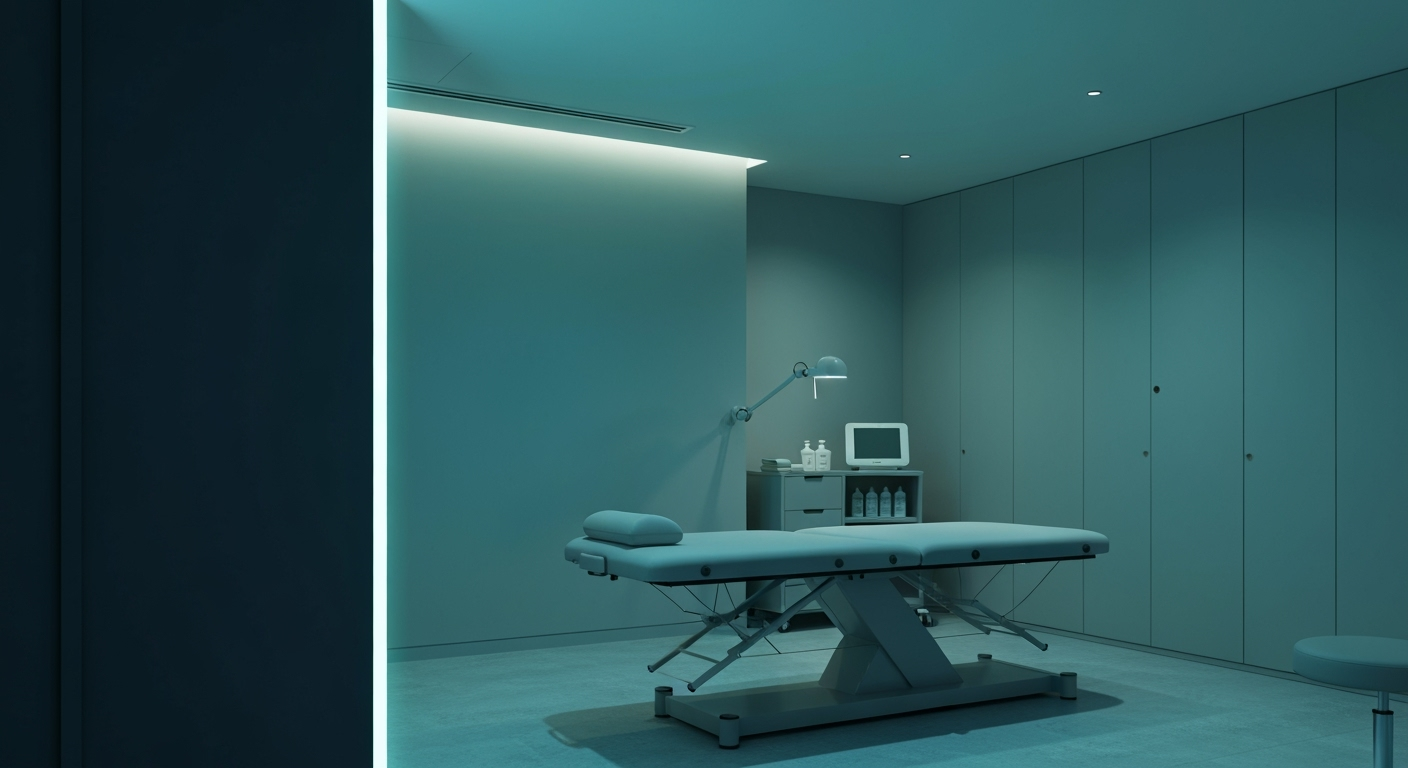
Understanding the Power of Massage in Muscle Recovery
Recovering efficiently after a workout is crucial for athletes and fitness enthusiasts aiming to improve performance and avoid injury. Massage therapy has long been a favored tool for post-exercise recovery, but what exactly makes it so effective? This article delves into the scientific mechanisms of massage, various techniques employed, and how massage promotes faster muscle healing and overall well-being post-workout.
How Massage Accelerates Muscle Healing and Recovery

Can massage accelerate the muscle healing and recovery process after exercise?
Yes, massage can significantly speed up muscle healing and recovery after physical activity. It works by boosting blood and lymph circulation, which helps deliver oxygen and nutrients vital for tissue repair. Enhanced circulation also facilitates the removal of metabolic waste products such as lactic acid, which can cause soreness.
Research indicates that applying massage techniques shortly after exercise effectively reduces delayed-onset muscle soreness (DOMS). For example, massage applied within hours of physical activity has been shown to decrease the severity of soreness by approximately 30%. It also lowers levels of plasma creatine kinase, a marker of muscle damage, four days post-exercise, which suggests a reduction in muscle injury.
Mechanotherapy, which involves applying precise mechanical forces, complements massage by aiding inflammation resolution. It helps eliminate immune cells like neutrophils and inflammatory cytokines from injured muscles, promoting faster tissue regeneration and muscle fiber growth.
While massage might not directly increase muscle strength or range of motion, it enhances overall recovery by reducing inflammation, easing tension, and improving tissue flexibility. Incorporating regular massage sessions can help athletes and fitness enthusiasts return to training sooner and with less discomfort.
In summary, massage accelerates muscle repair through improved circulation, waste removal, and inflammation control, facilitating a quicker and more effective recovery process.
More Information
This understanding aligns with ongoing studies on post-exercise massage effects, emphasizing its role in reducing soreness and aiding tissue healing. For further insights, searching terms like "post-workout massage muscle healing effects" can provide additional evidence and guidelines.
Scientific Mechanisms Behind Massage's Role in Muscle Recovery

What scientific mechanisms explain the benefits of massage in post-workout muscle recovery?
Massage therapy exerts its beneficial effects through several biological and physiological pathways. One fundamental mechanism is mechanical stimulation of muscle tissues and surrounding connective tissues. This stimulation activates mechanotransduction pathways, where physical forces are converted into cellular signals. Key molecules such as integrins and signaling proteins like integrin-linked kinases (ILK) play a pivotal role in this process, promoting muscle remodeling and repair.
Additionally, massage significantly boosts circulation. Increased blood flow delivers vital oxygen and nutrients to damaged tissues, accelerating healing processes. It also facilitates the removal of metabolic waste products, including lactic acid and other byproducts of muscle exertion, which are associated with soreness and inflammation.
Another important aspect is the impact of massage on immune responses. By gently 'squeezing out' immune cells such as neutrophils and decreasing inflammatory cytokine levels, massage helps mitigate excessive inflammation. This reduction in inflammation supports quicker tissue regeneration and reduces muscle damage.
Furthermore, massage influences cellular activities involved in muscle regeneration. It promotes satellite cell proliferation and enhances protein synthesis, fostering muscle growth and strength recovery. These biological effects collectively lead to decreases in soreness, faster functional recovery, and improved muscle strength post-exercise.
Research involving robotic massage models in mice illustrates that these mechanical forces effectively clear immune cells and inflammatory markers from injured muscles. Human studies also support these findings, showing decreased inflammation, increased flexibility, and faster return to optimal muscle function.
By combining mechanical stimulation, improved circulation, immune modulation, and cellular activation, massage provides a comprehensive approach to supporting muscle repair and growth after strenuous activity.
Massage Techniques That Enhance Recovery: Deep Tissue, Sports Massage, and More
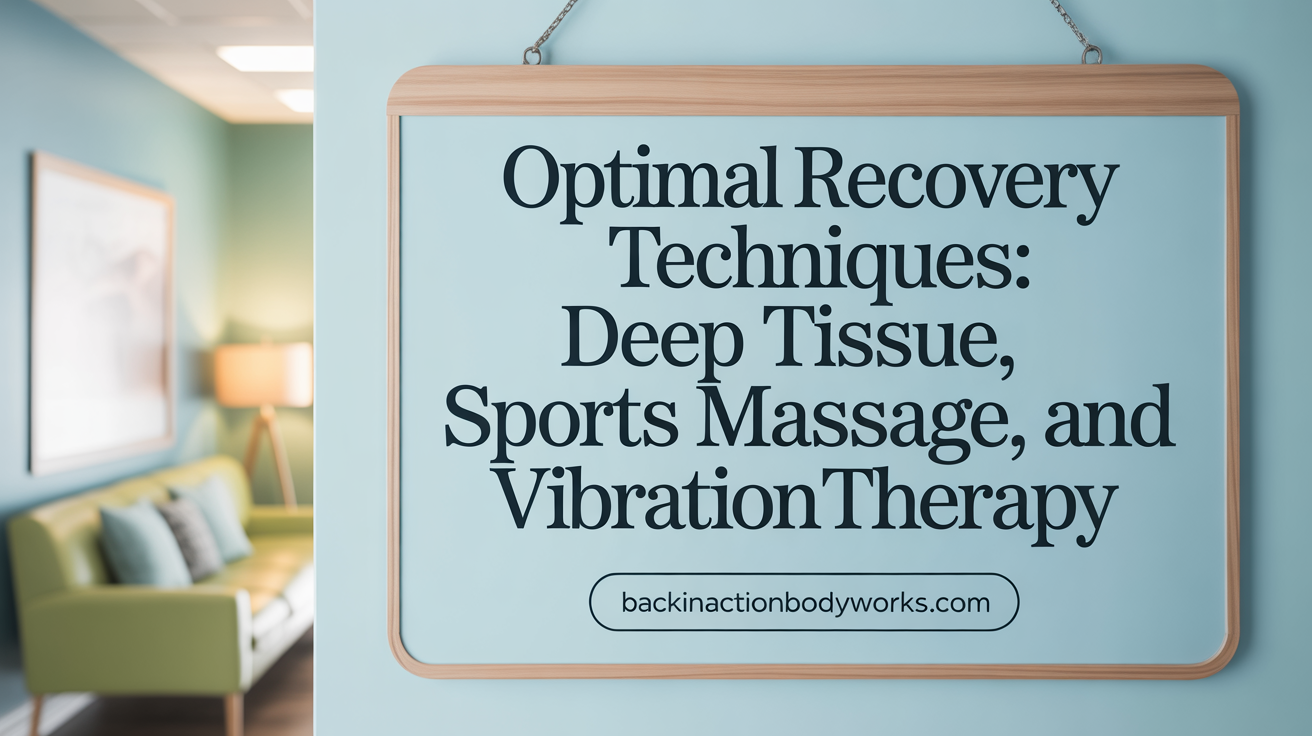
Which massage techniques are most effective for enhancing muscle recovery, such as deep tissue or soft tissue massage?
The most effective massage techniques for muscle recovery include deep tissue massage, sports massage, and vibration therapy. Deep tissue massage focuses on the deeper layers of muscles and fascia, breaking down knots and adhesions that can hinder movement and cause soreness. This technique is particularly beneficial in reducing tension and microscopic muscle damage, leading to decreased pain and improved flexibility.
Sports massage combines multiple methods like effleurage, petrissage, and deep friction to increase blood flow, reduce inflammation, and promote faster healing—especially effective when applied shortly after exercise or injury. It addresses the specific muscles used during physical activity, helping in quicker recovery and injury prevention.
Vibration therapy employs oscillatory movements at specific frequencies to penetrate muscle tissues deeply. Scientific studies support that vibration massage can decrease delayed-onset muscle soreness (DOMS), reduce lactic acid buildup, and stimulate cellular repair processes. Using devices such as percussion massagers or vibrating rollers enhances tissue relaxation and accelerates recovery.
Beyond professional techniques, self-massage tools like foam rollers, massage balls, or percussion devices can be incorporated into regular routines. These tools promote muscle relaxation, increase circulation, and help in breaking up muscle tightness, although their effectiveness depends on proper technique and individual response.
In conclusion, selecting the right massage method—be it deep tissue, sports massage, vibration, or self-applied techniques—can significantly enhance muscle repair, reduce soreness, and boost overall recovery efficiency.
The Vital Role of Improved Blood Circulation in Muscle Repair
Massage therapy significantly enhances blood flow to muscles, playing a crucial role in tissue repair and recovery. When a muscle is massaged, mechanical pressure stimulates vasodilation—the widening of blood vessels—allowing more blood to pass through the muscles and surrounding tissues. This process is further supported by the increase in muscle temperature caused by rubbing, which promotes additional vasodilation.
Moreover, massage influences neural excitability and activates the parasympathetic nervous system, responsible for relaxation responses. This activation not only helps in calming the nervous system but also supports vasodilation, further improving circulation.
Enhanced blood flow means more oxygen and vital nutrients are delivered directly to damaged tissues, boosting cellular repair processes. Simultaneously, the increased circulation helps in the efficient removal of metabolic waste products, such as lactic acid and inflammatory compounds, which can cause soreness if accumulated.
In essence, massage-induced improvements in blood flow accelerate muscle healing, reduce discomfort, and promote overall tissue health. Enhanced circulation is therefore a fundamental mechanism by which massage fosters faster and more effective muscle recovery.
Summary of blood flow-related benefits of massage:
| Aspect | Effect | Result |
|---|---|---|
| Vasodilation | Mechanical pressure stimulates vessel dilation | More blood passes through muscles, increasing nutrient supply |
| Muscle temperature | Rubbing raises temperature | Further promotes vasodilation |
| Neural influence | Activation of parasympathetic nervous system | Relaxation and improved circulation |
| Nutrient delivery | Increased blood volume in tissues | Faster tissue repair and recovery |
| Waste removal | Enhanced blood flow clears metabolic byproducts | Reduced soreness and inflammation |
This integrated process highlights how massage enhances blood circulation, creating an optimal environment for muscle repair and recovery.
Impact of Massage on Flexibility, Pain Reduction, and Muscle Health
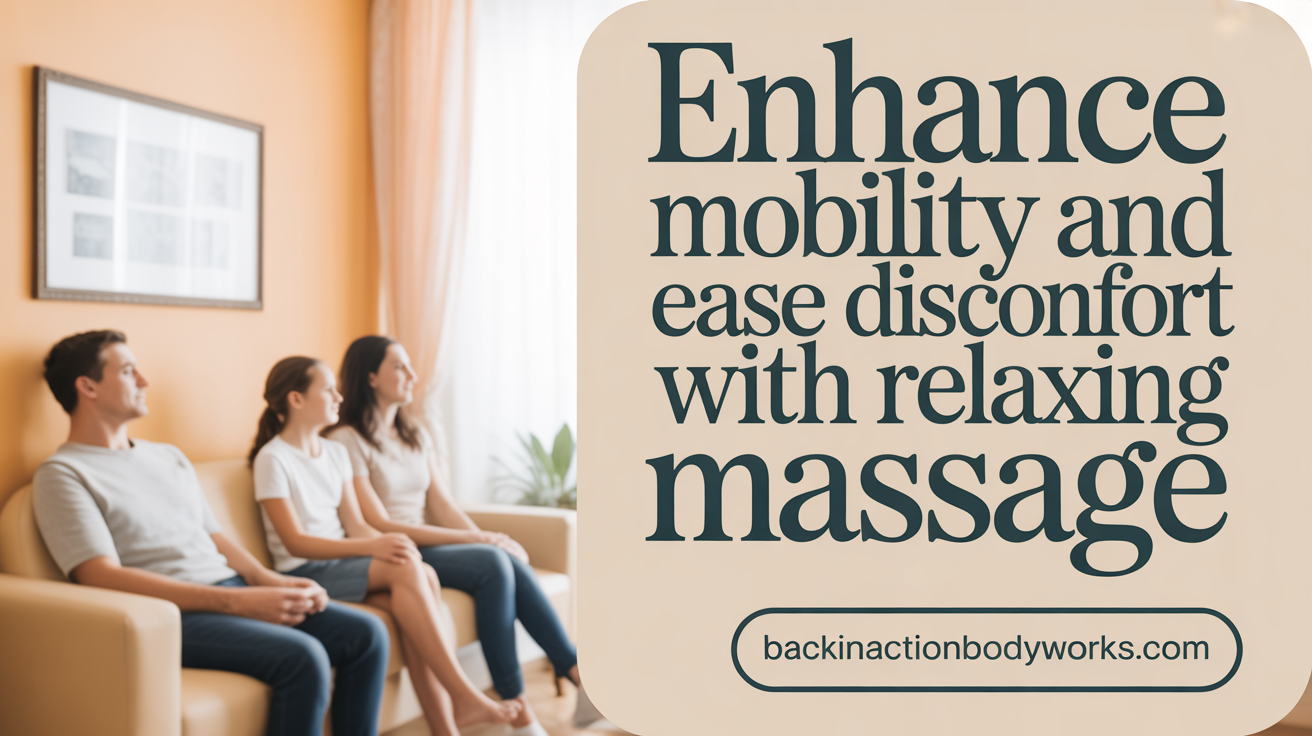 Massage therapy plays a vital role in enhancing muscle flexibility, alleviating pain, and promoting overall muscular well-being. By focusing on the soft tissues—muscles, ligaments, tendons, and connective tissues—massage helps release tension and reduce tightness, which directly improves flexibility and range of motion.
Massage therapy plays a vital role in enhancing muscle flexibility, alleviating pain, and promoting overall muscular well-being. By focusing on the soft tissues—muscles, ligaments, tendons, and connective tissues—massage helps release tension and reduce tightness, which directly improves flexibility and range of motion.
One of the primary ways massage reduces pain is through muscle relaxation. The manipulation of tissues activates the parasympathetic nervous system, leading to a calming effect that lowers cortisol levels—the body's stress hormone—and boosts the production of mood-enhancing chemicals such as serotonin and endorphins. This biological shift not only diminishes discomfort but also fosters mental relaxation.
Massage techniques, including Swedish, deep tissue, and trigger point therapy, work to break down scar tissue, adhesions, and muscle knots. This breakdown increases tissue elasticity, making muscles more resilient and less prone to injuries. Improved blood flow from massage delivers oxygen and essential nutrients to damaged areas, accelerating tissue repair and removing metabolic waste products like lactic acid. This process helps in reducing delayed-onset muscle soreness (DOMS) and chronic stiffness.
Furthermore, massage influences the body’s hormonal balance, reducing stress hormones while promoting anabolic processes involved in tissue healing. The enhanced circulation and tissue elasticity support the recovery process, maintaining healthy muscle function and preventing injuries.
In summary, massage benefits on flexibility and pain management are intertwined with its ability to relax muscles, increase blood flow, reduce inflammation, and stimulate relaxation responses. These effects collectively improve overall muscle health, reduce discomfort, and foster a balanced physical and mental state.
Integrating Massage into an Effective Post-Workout Recovery Routine
 To effectively incorporate massage therapy into an athlete's recovery regimen, consistency and timing are essential. Regular sessions, especially after intense workouts or during rest days, can significantly reduce muscle soreness, swelling, and markers of muscle damage such as creatine kinase (CK) activity. Techniques such as sports massage, deep tissue massage, or self-massage using tools like foam rollers or massage guns can boost blood flow, enhance circulation, and facilitate the removal of metabolic wastes like lactic acid.
To effectively incorporate massage therapy into an athlete's recovery regimen, consistency and timing are essential. Regular sessions, especially after intense workouts or during rest days, can significantly reduce muscle soreness, swelling, and markers of muscle damage such as creatine kinase (CK) activity. Techniques such as sports massage, deep tissue massage, or self-massage using tools like foam rollers or massage guns can boost blood flow, enhance circulation, and facilitate the removal of metabolic wastes like lactic acid.
The timing of massage plays a crucial role in recovery. Applying massage shortly after exercise can help mitigate delayed-onset muscle soreness (DOMS) and prevent injuries by loosening tight muscles and improving flexibility. Continued sessions over time support range of motion and muscle relaxation, contributing to overall performance improvements.
Personalizing massage plans according to workout intensity, injury history, and specific recovery goals ensures optimal outcomes. Effective communication with massage therapists or proper technique when self-massaging enhances the efficacy of recovery efforts.
In summary, integrating massage therapy into regular training routines helps maintain muscle health, reduces recovery time, and promotes athletic longevity. The combination of strategic timing, appropriate technique selection, and consistency ensures athletes can recover faster, perform better, and reduce injury risks.
Embracing Massage for Faster, Effective Muscle Recovery
Incorporating massage therapy into your post-workout routine harnesses a multitude of scientifically backed benefits—from accelerating muscle healing and reducing inflammation to improving flexibility and alleviating pain. By stimulating blood flow and facilitating the removal of metabolic wastes, massage helps muscles recover faster and more effectively, enabling you to return to your workouts with less soreness and risk of injury. Whether through deep tissue, sports massage, or self-massage techniques, tailoring massage practices to your specific needs optimizes recovery and overall muscle health. Embracing massage as a key recovery tool not only promotes physical healing but also supports relaxation and mental well-being, ultimately enhancing athletic performance and long-term fitness success.
References
- Massage helps injured muscles heal faster and stronger
- The mechanisms of massage and effects on performance, muscle ...
- Effects of Massage on Delayed-Onset Muscle Soreness, Swelling ...
- How Sports Massage Aids In Faster Recovery Post-Workout
- Maximising Muscle Recovery: The Benefits of Massage and Stretching
- Benefits of Massage Therapy in Spokane Valley for Athletic ...
- 6 Benefits of Post-Workout Massage: Recovery & Pain Relief
- Massage Can Help After a Workout, but Not for the Reason You Think
- How Massage Affects You After Exercise - Rochester Athletic Club
Recent articles

Complementing Chiropractic Care with Physiotherapy: What You Need to Know
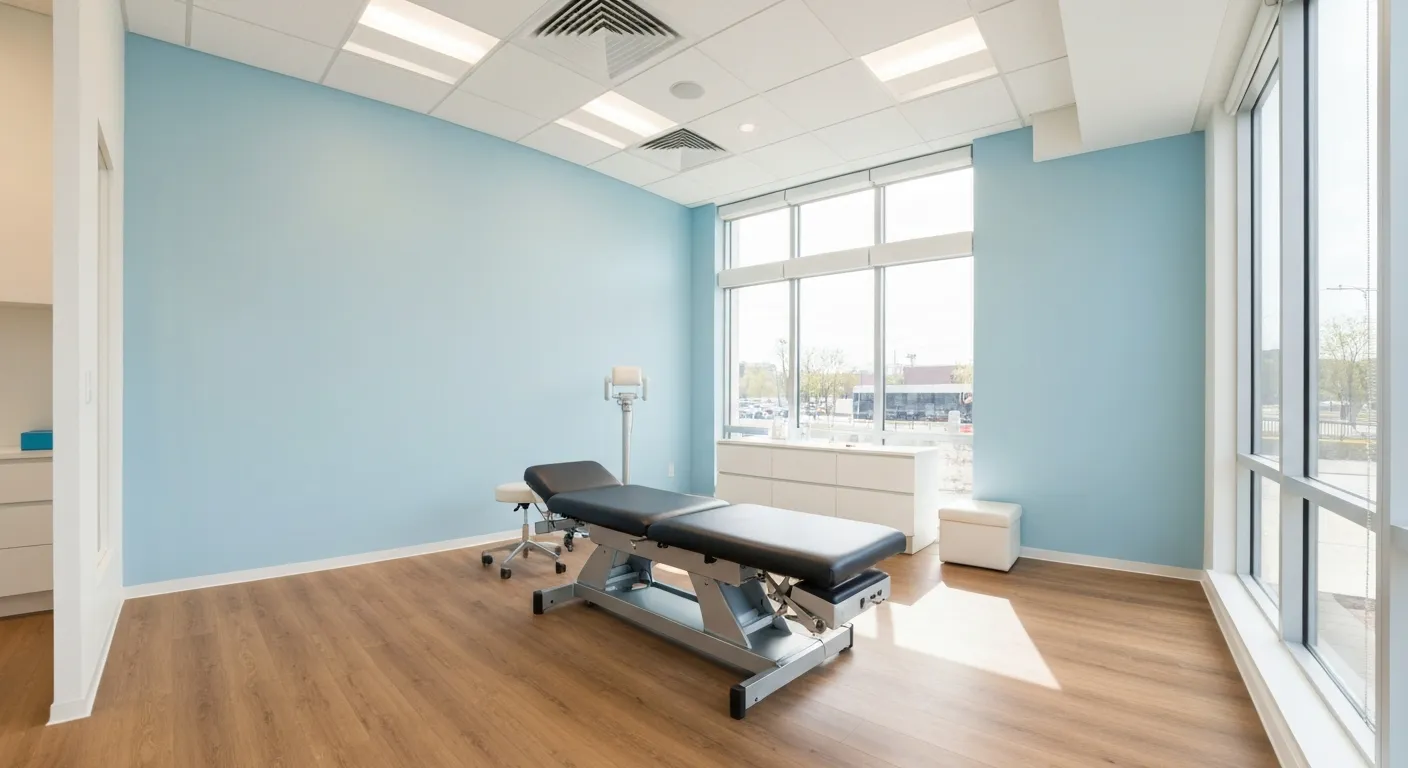
What to Expect During Your First Chiropractic Visit
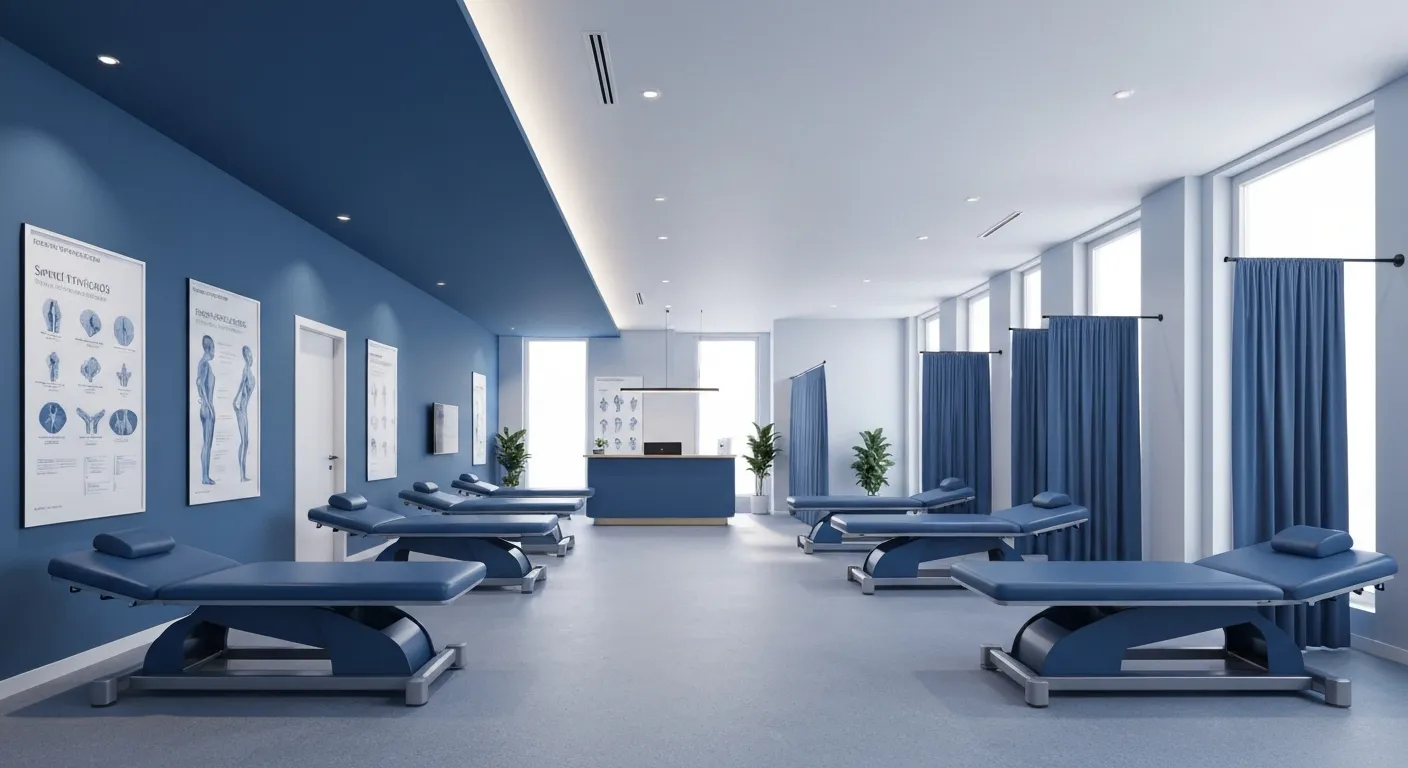
Simple Lifestyle Adjustments to Maintain a Healthy Spine

Personalized Nutritional Counseling for Improved Health Outcomes
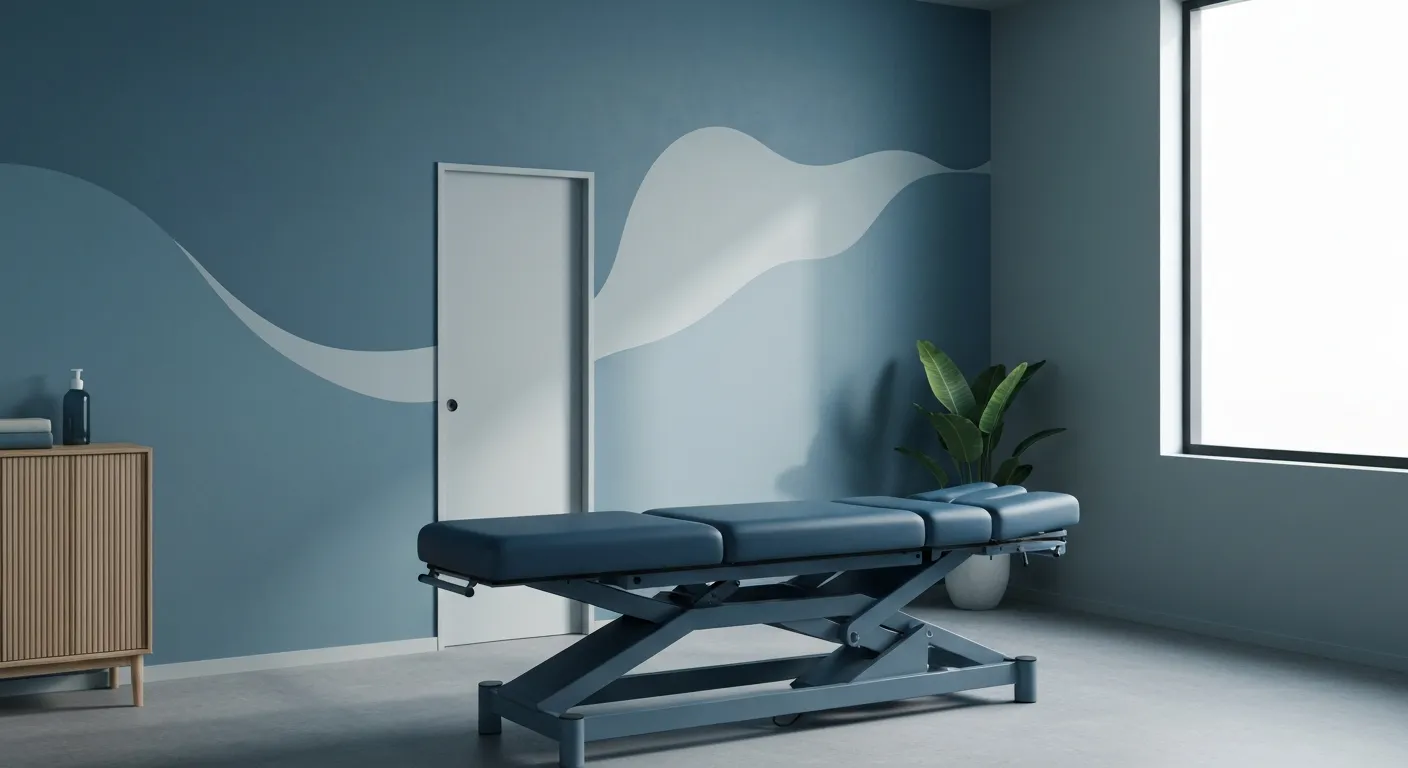
Exploring Non-Surgical Treatments for Spine-Related Conditions
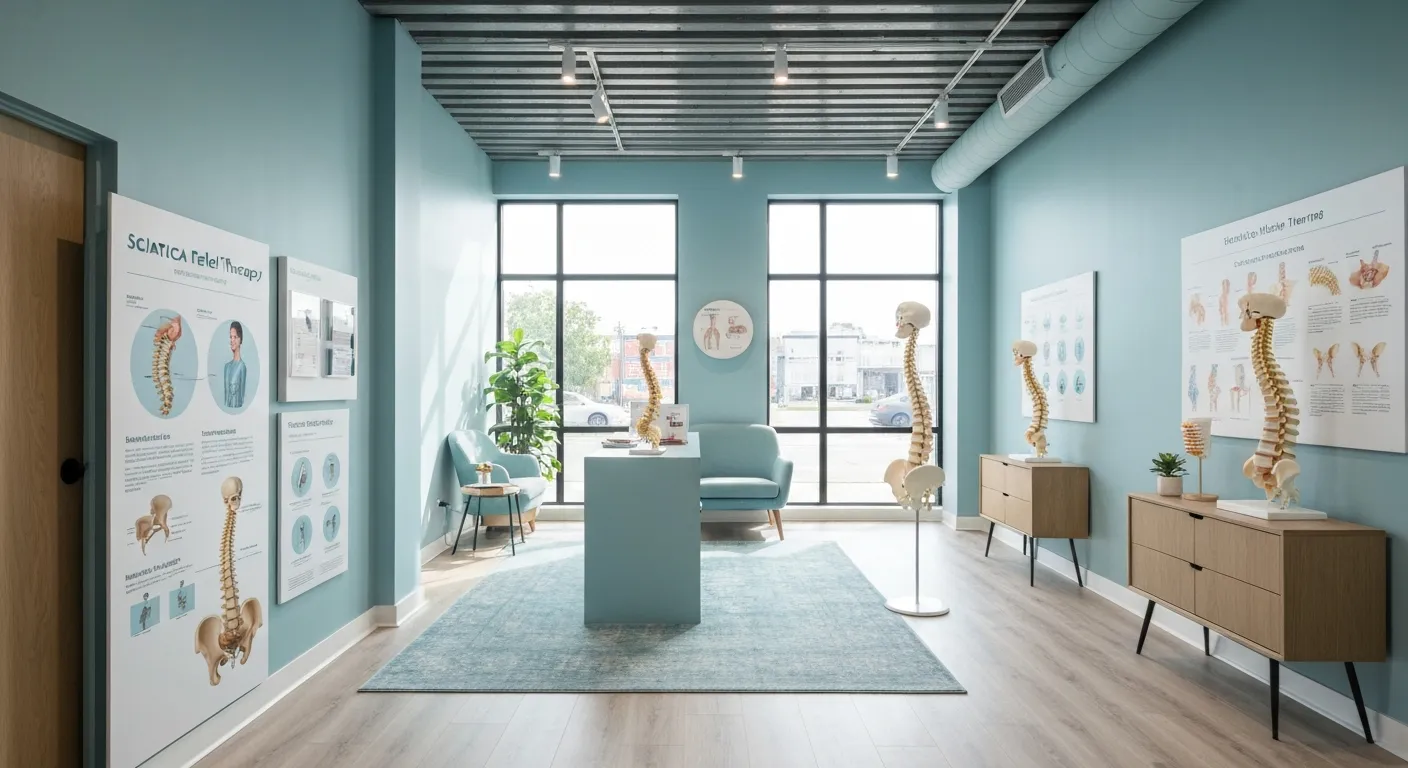
An Introduction to Spinal Decompression for Sciatica Patients
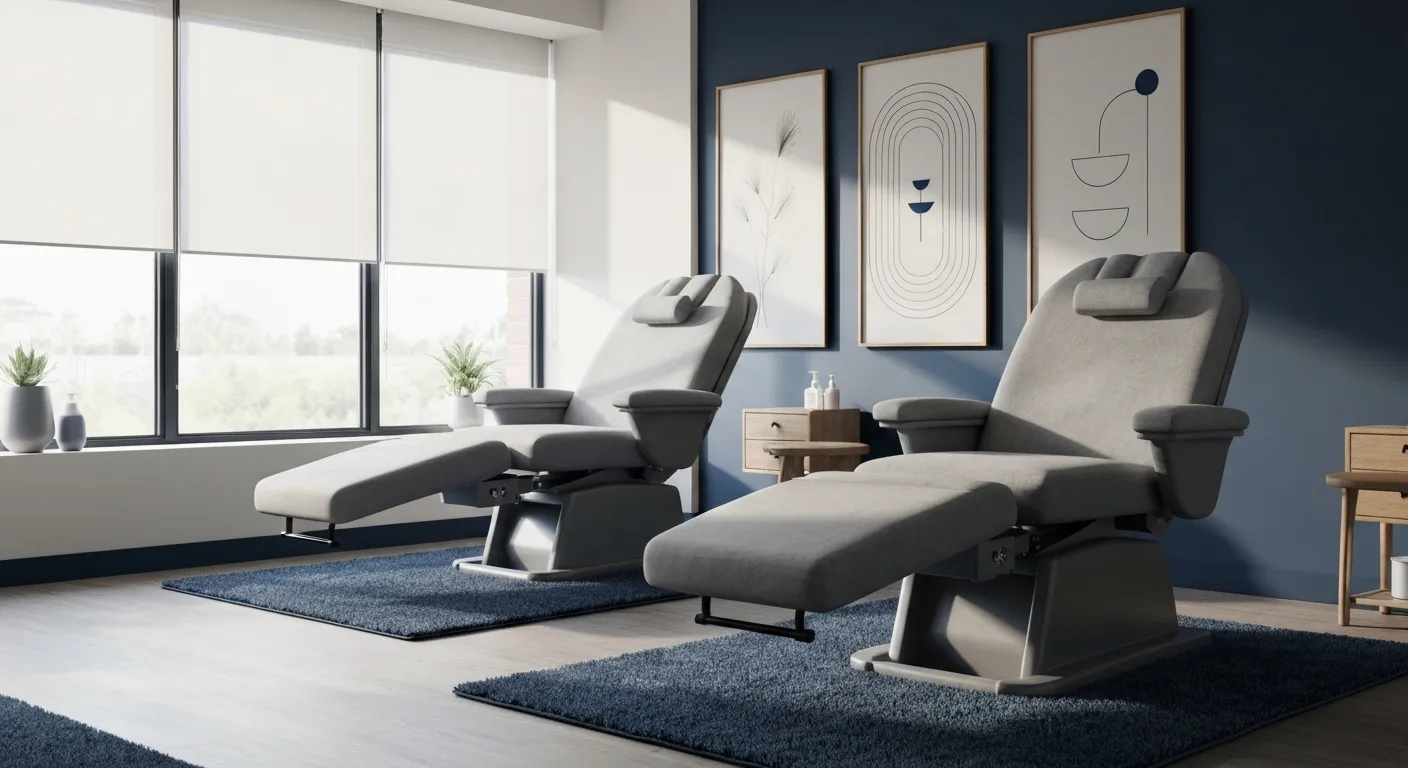
Transformative Success Stories: Patient Experiences with Chiropractic Treatments
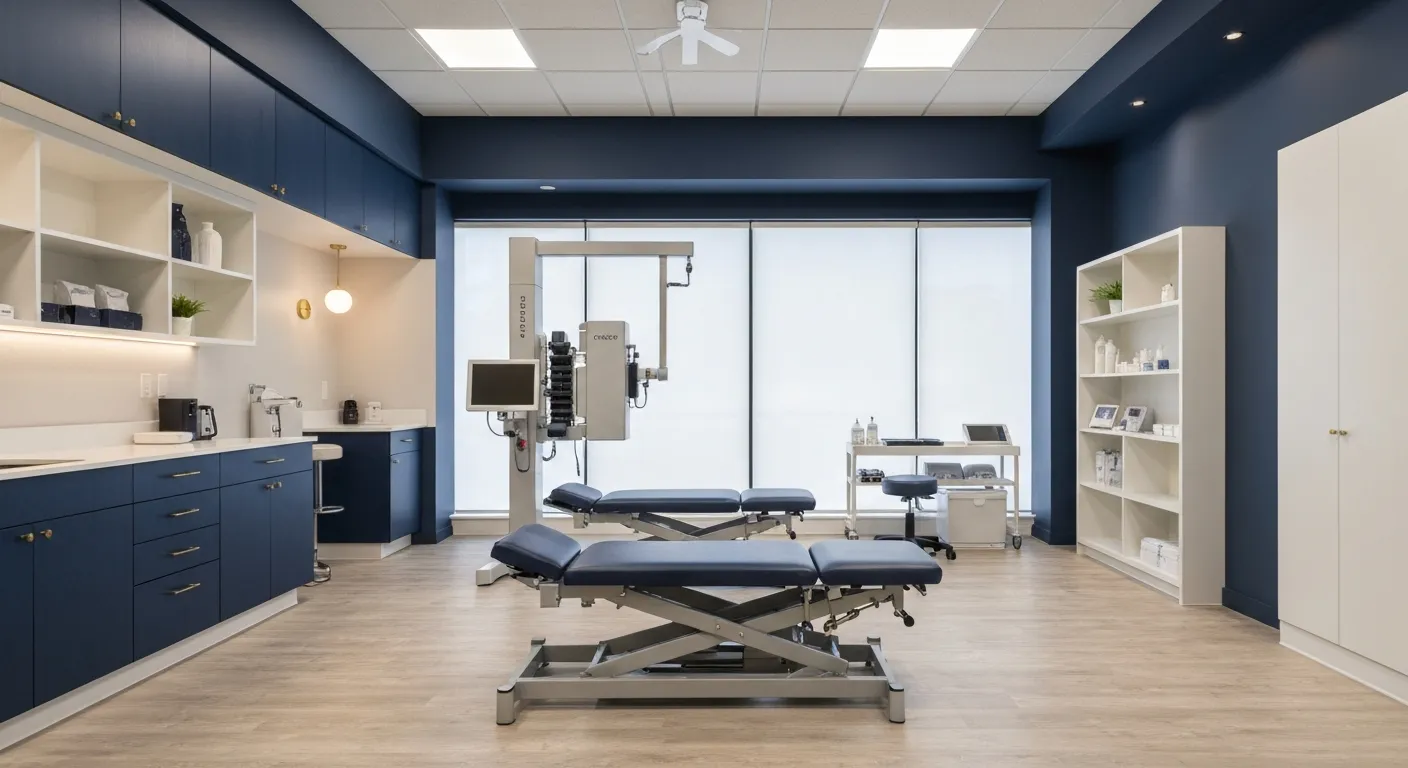
Why Chiropractic Care Is Essential for Back Pain Relief

Addressing Underlying Causes Versus Symptom Management in Pain Care

The Role of Nutrition in Enhancing Chiropractic Treatment Effectiveness

Sciatica Treatment Options: Is Spinal Decompression Right for You?
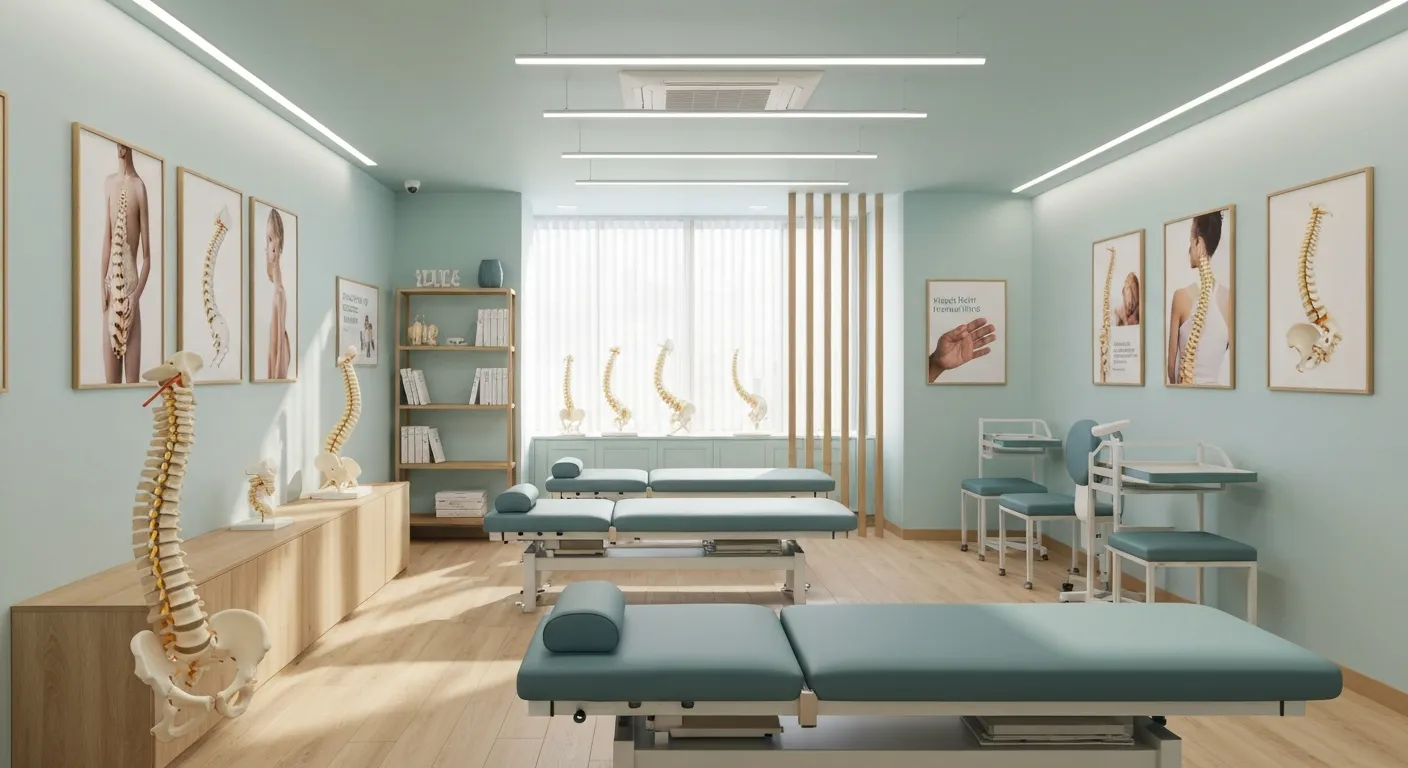
Lifestyle Tips to Maintain a Healthy Spine and Prevent Back Issues

The Synergy Between Physiotherapy and Chiropractic Treatments
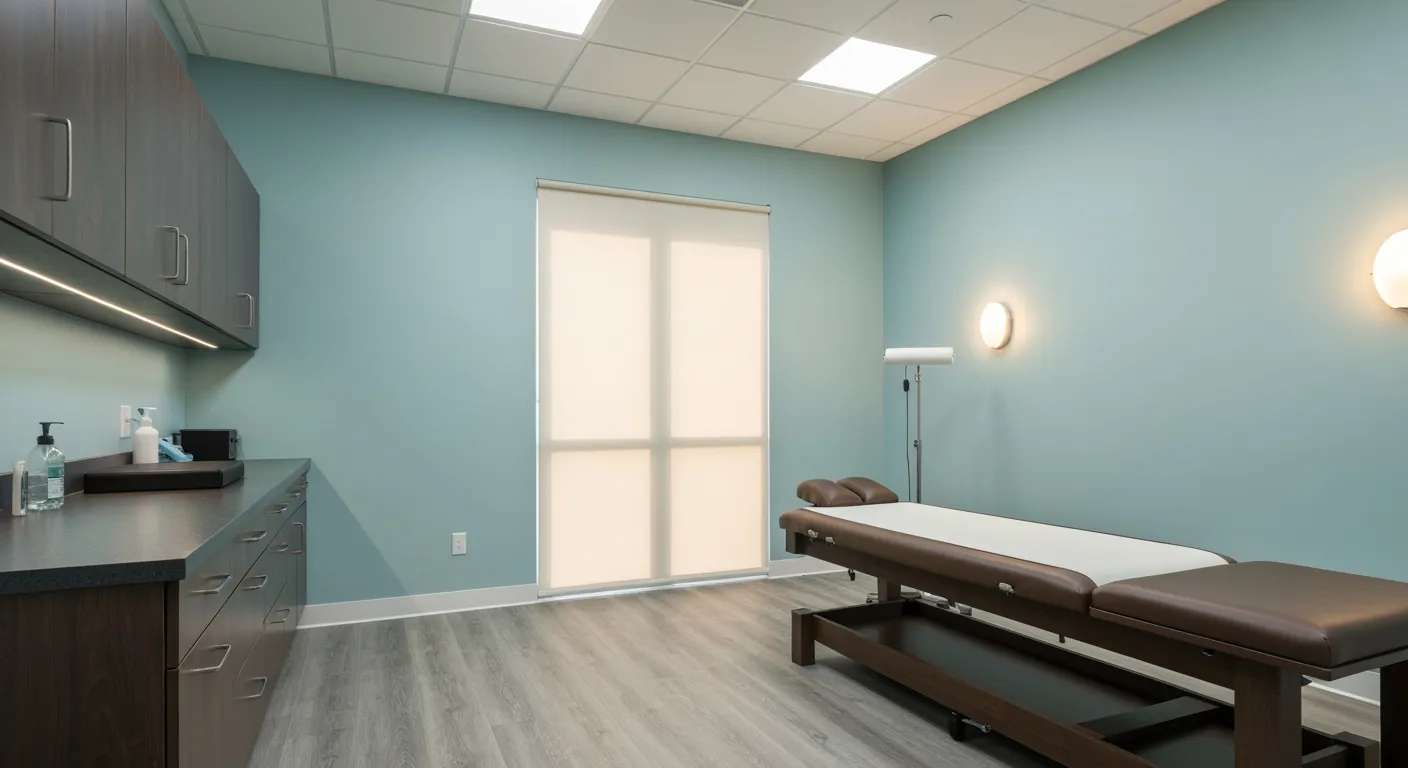
What Happens During Your Initial Chiropractic Consultation
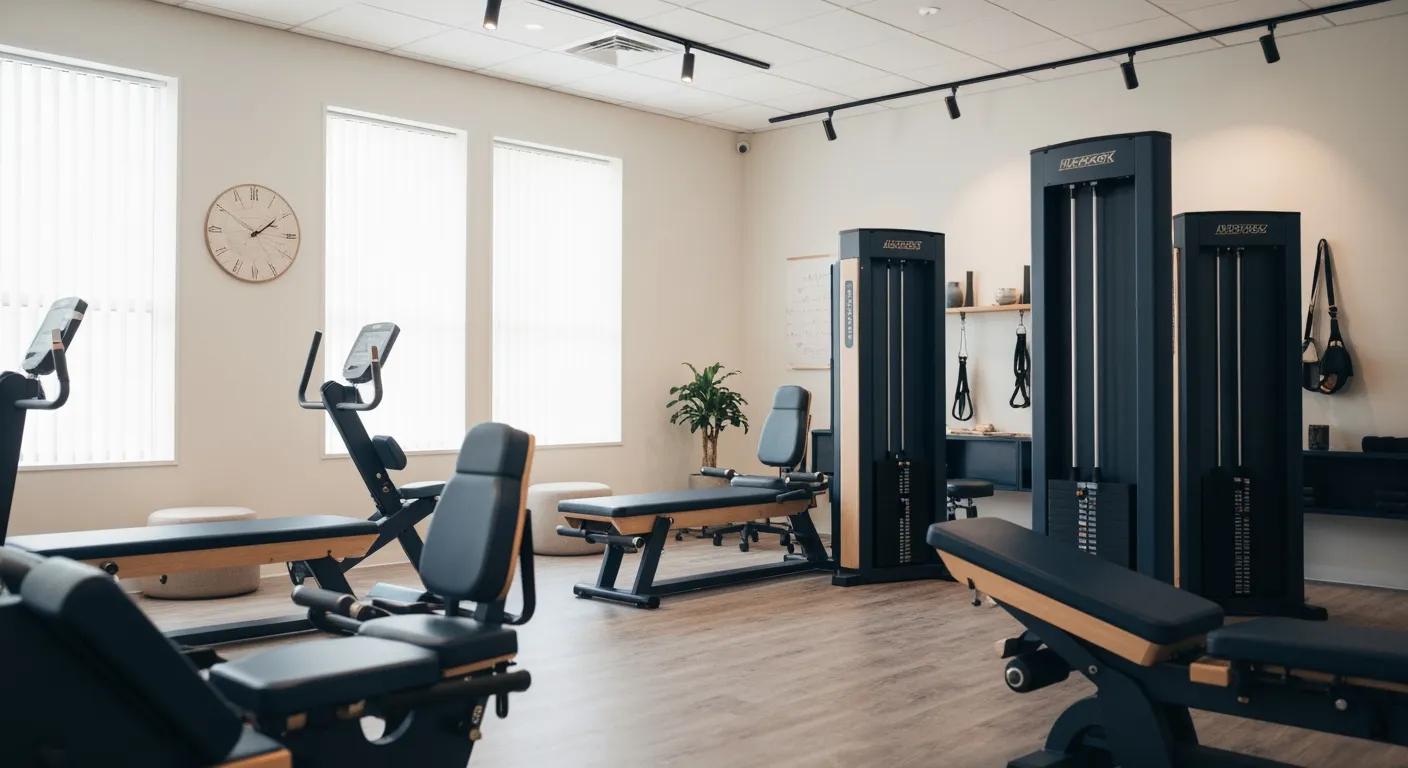
Effective Corrective Exercises for Sustainable Pain Management
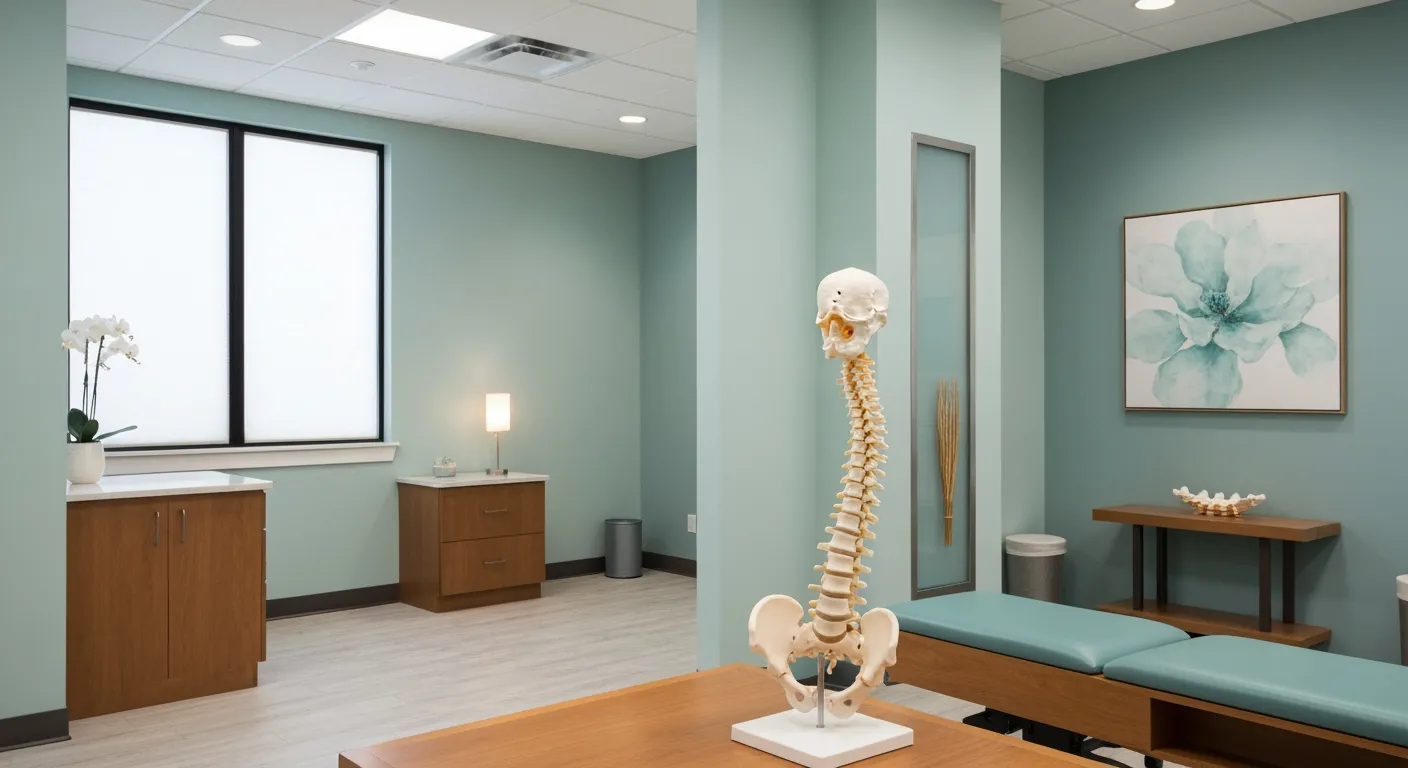
Taking a Root Cause Approach to Chronic Pain Management

Holistic Pain Management Techniques Without Surgery

How Patient Success Stories Validate Chiropractic Care Benefits

Spinal Decompression: Innovative Treatment for Sciatic Nerve Pain
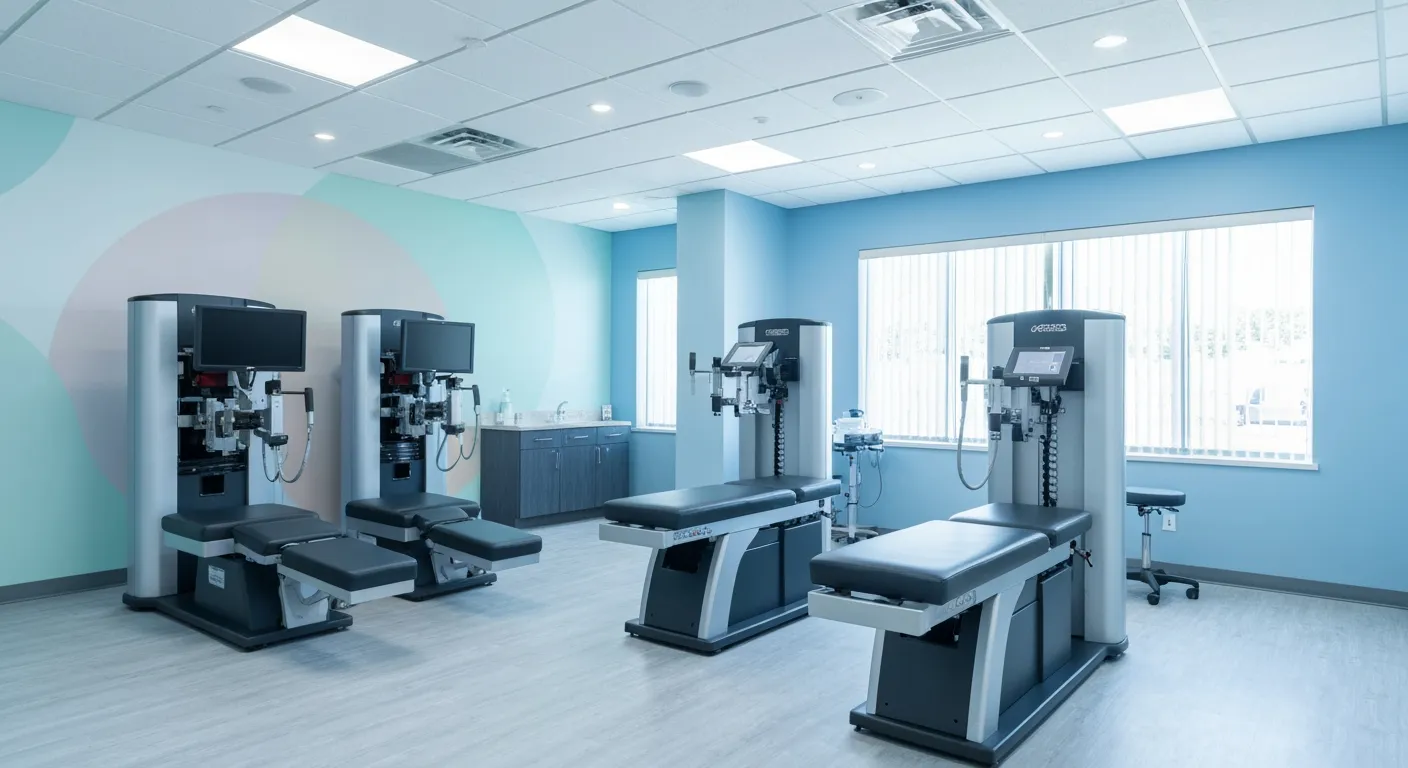
Spinal Decompression Therapy: A Non-Invasive Approach to Sciatica Relief

Exploring Holistic Approaches Beyond Surgery for Pain Relief

Practical Lifestyle Advice to Support a Healthy Spine Every Day
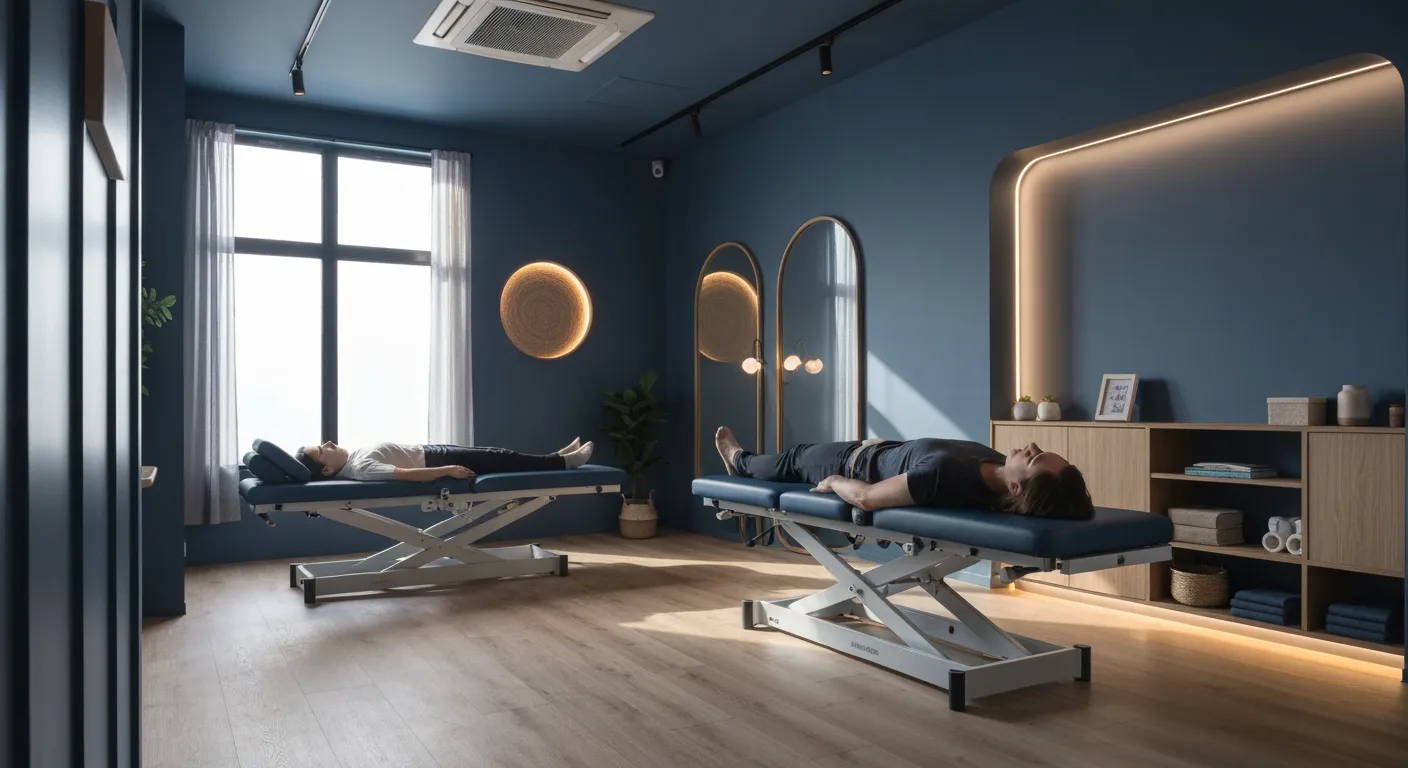
Corrective Exercise Routines Designed for Long-Term Pain Prevention
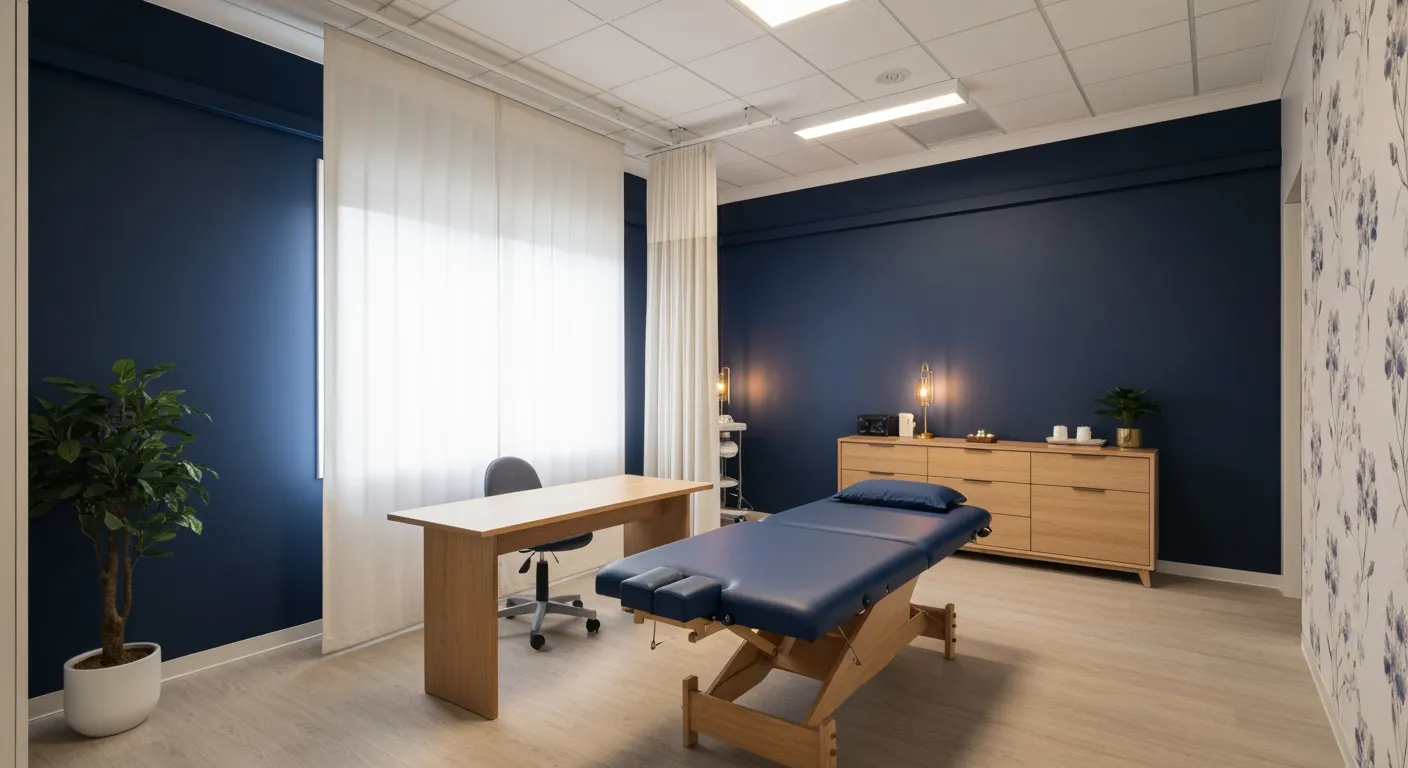
Real Patient Stories: Overcoming Chronic Pain with Chiropractic Care
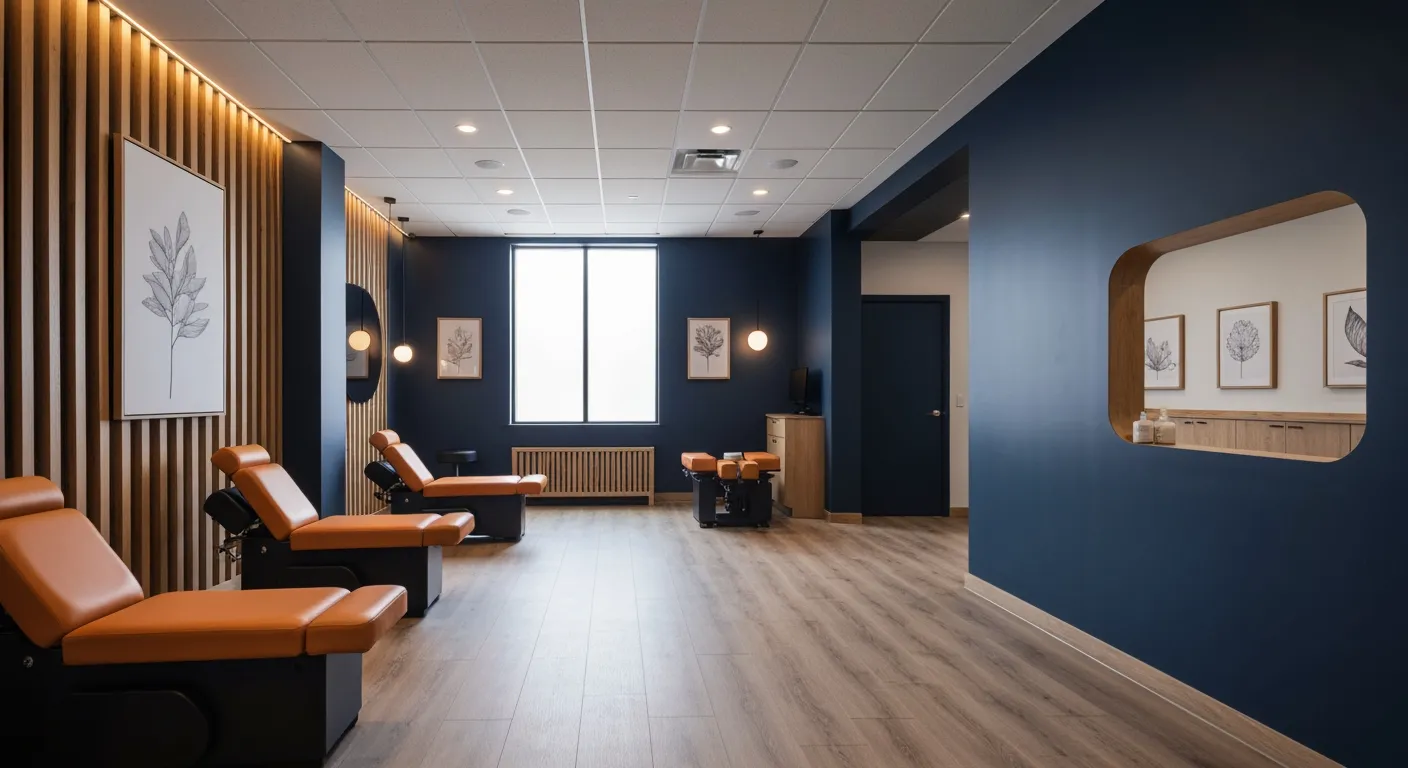
Lifestyle Changes That Promote a Healthy Spine and Prevent Injury
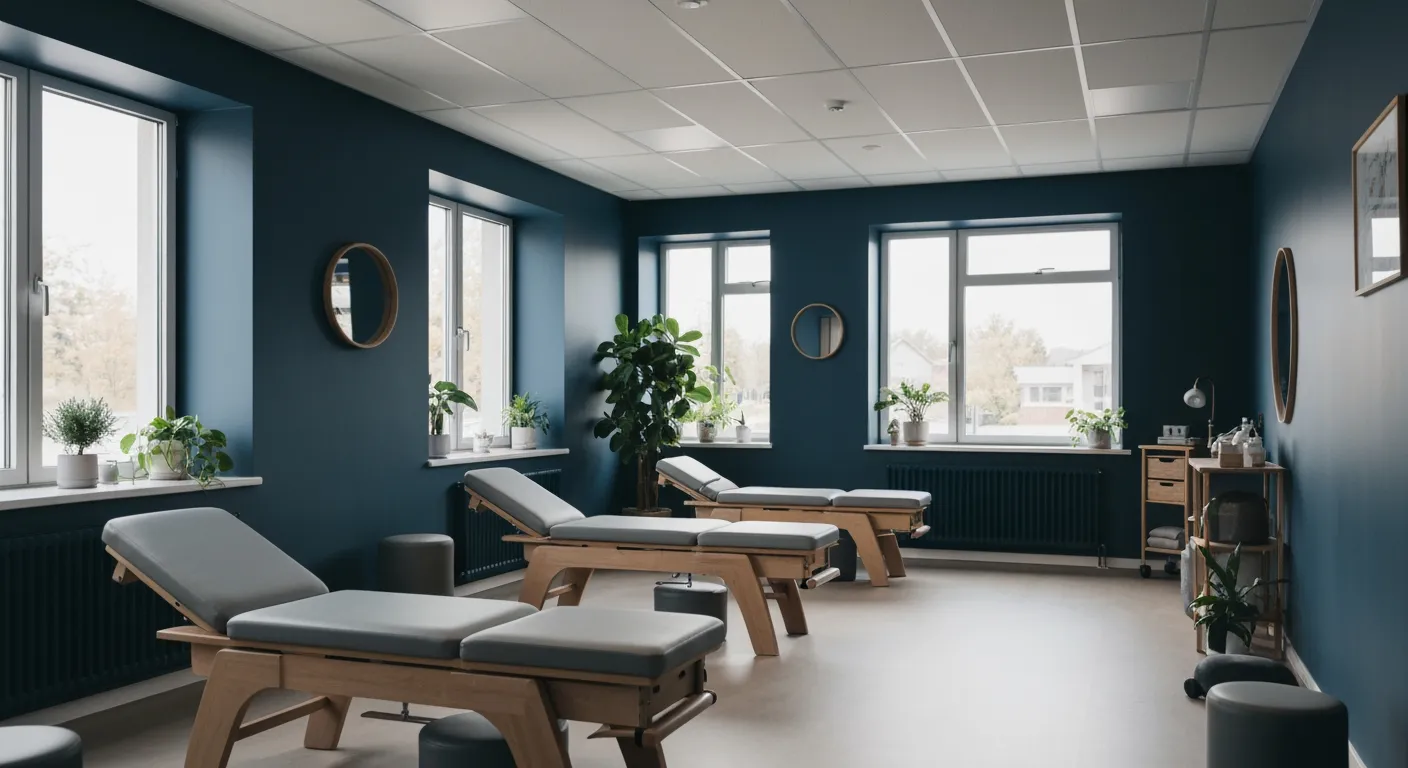
How Addressing the Root Cause of Pain Leads to Lasting Relief

Non-Surgical Holistic Therapies to Manage Chronic Pain Effectively

Nutritional Counseling's Impact on Physical Health and Healing
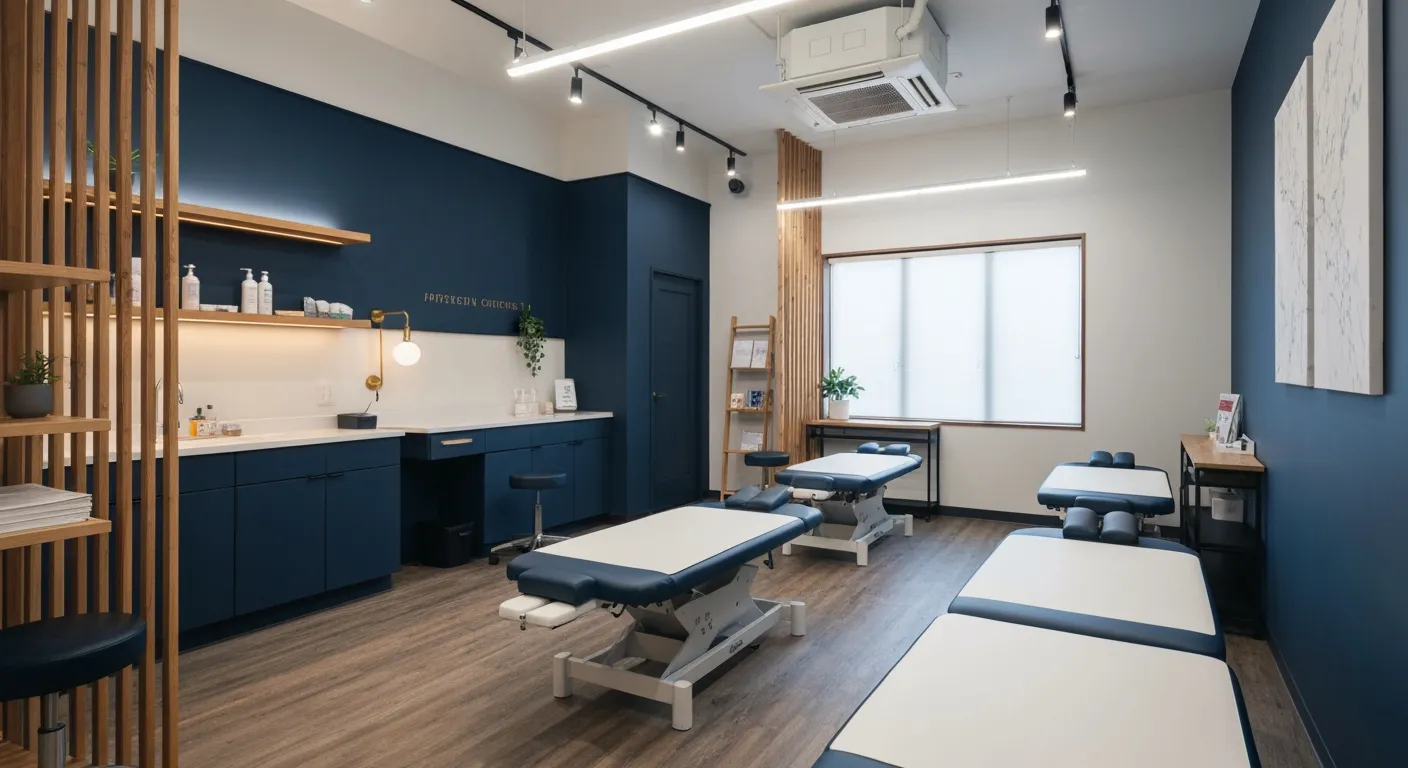
Benefits of Regular Chiropractic Care for a Stronger Back
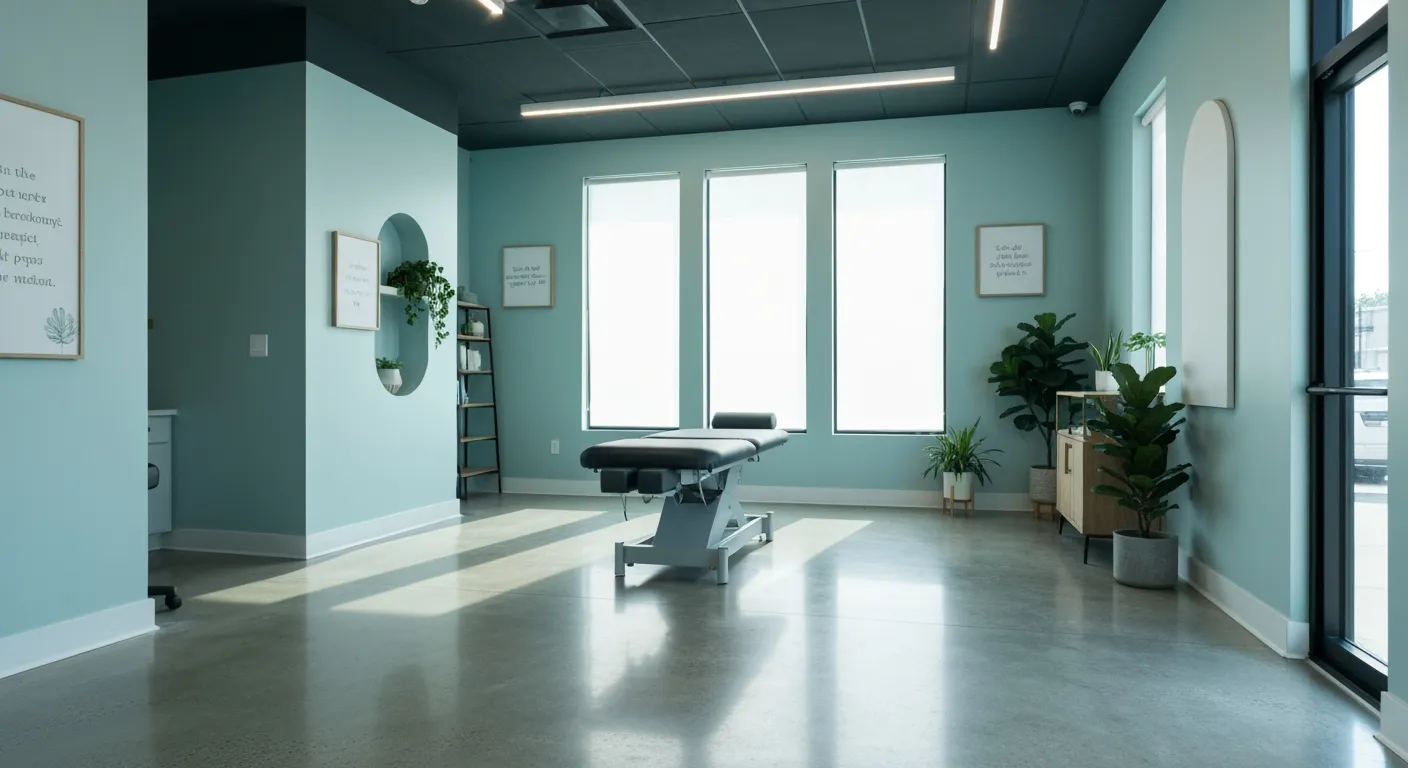
Your First Chiropractic Visit: What to Expect and How to Prepare

Patient Experiences: How Chiropractic Care Transformed Their Lives
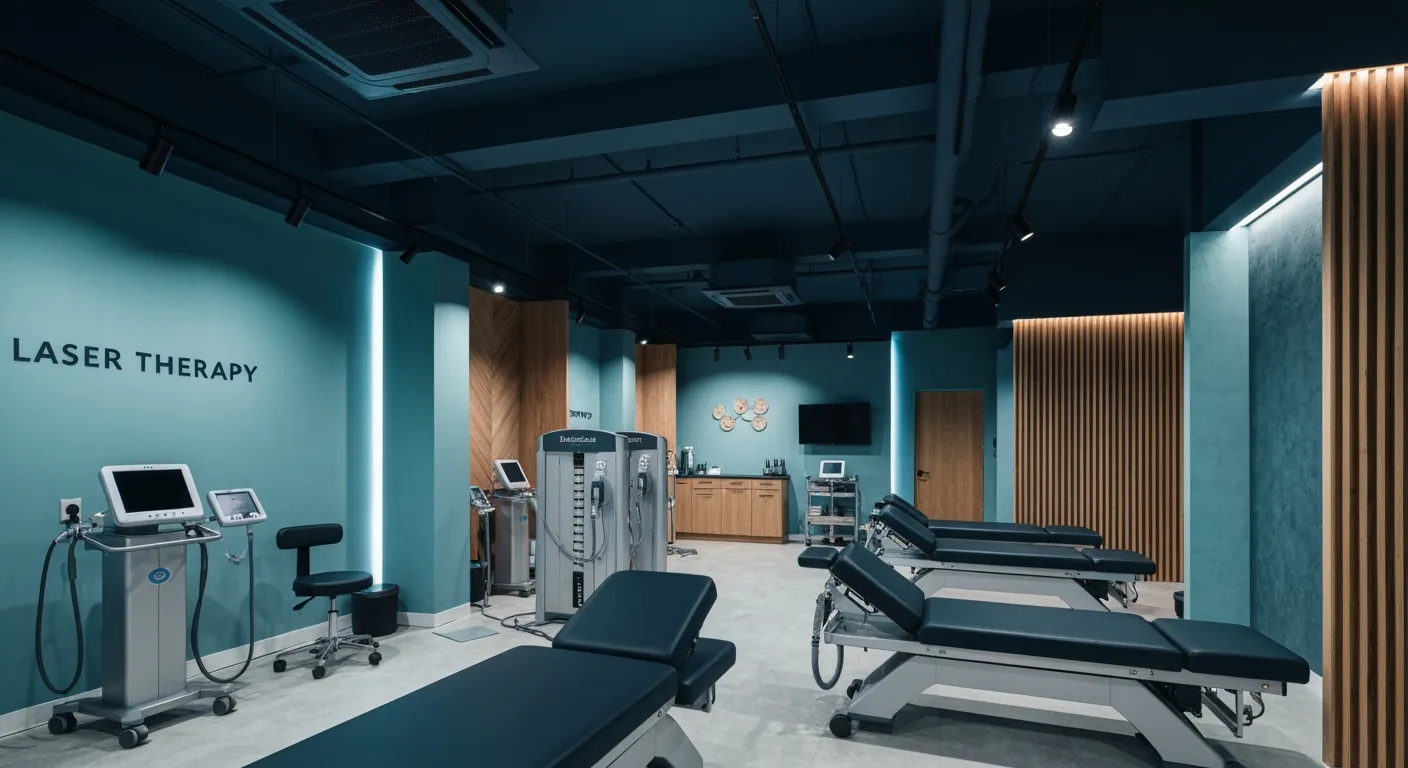
Exploring Holistic, Non-Surgical Options for Pain Management

Combining Physiotherapy with Chiropractic Treatments for Enhanced Recovery
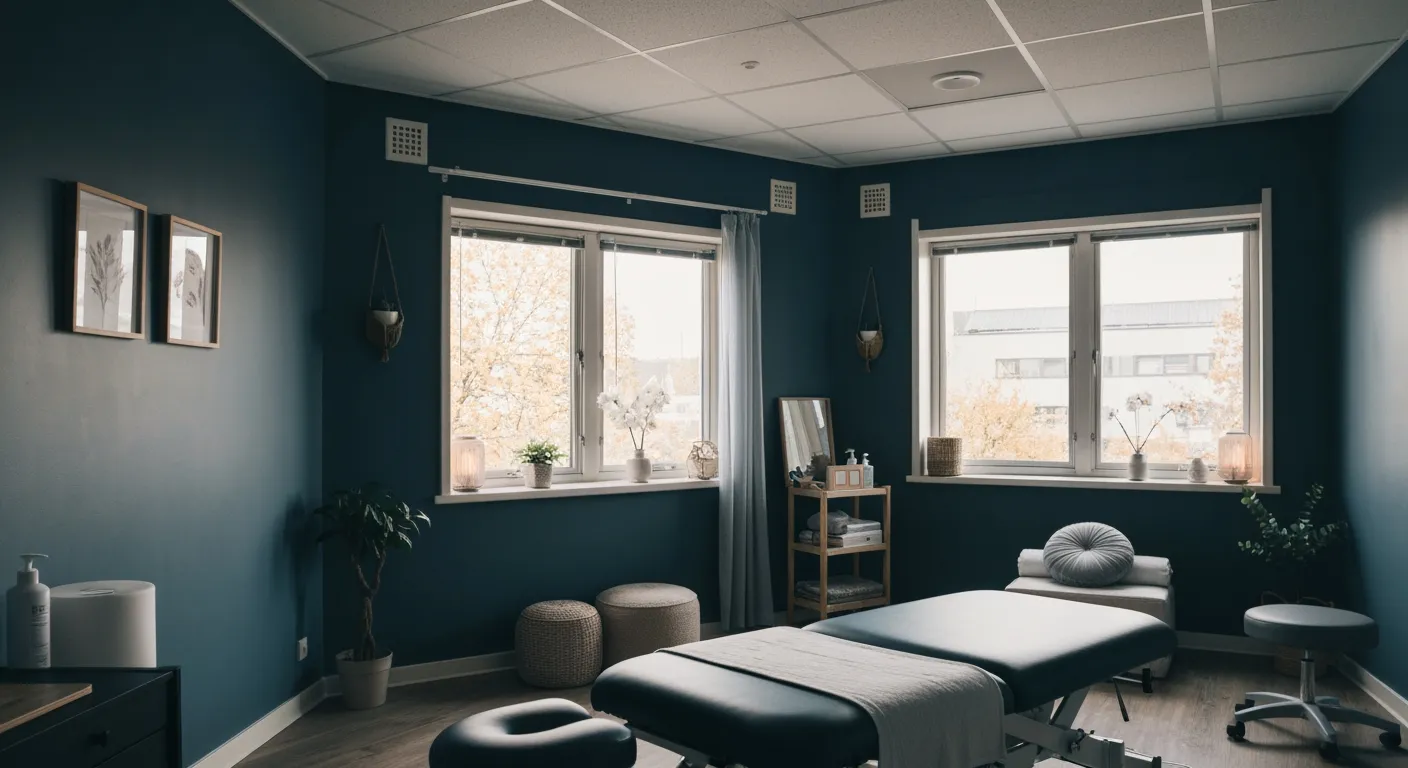
Holistic Treatments That Offer Alternatives to Surgery for Pain Relief

Corrective Exercise Strategies for Long-Term Spine Health
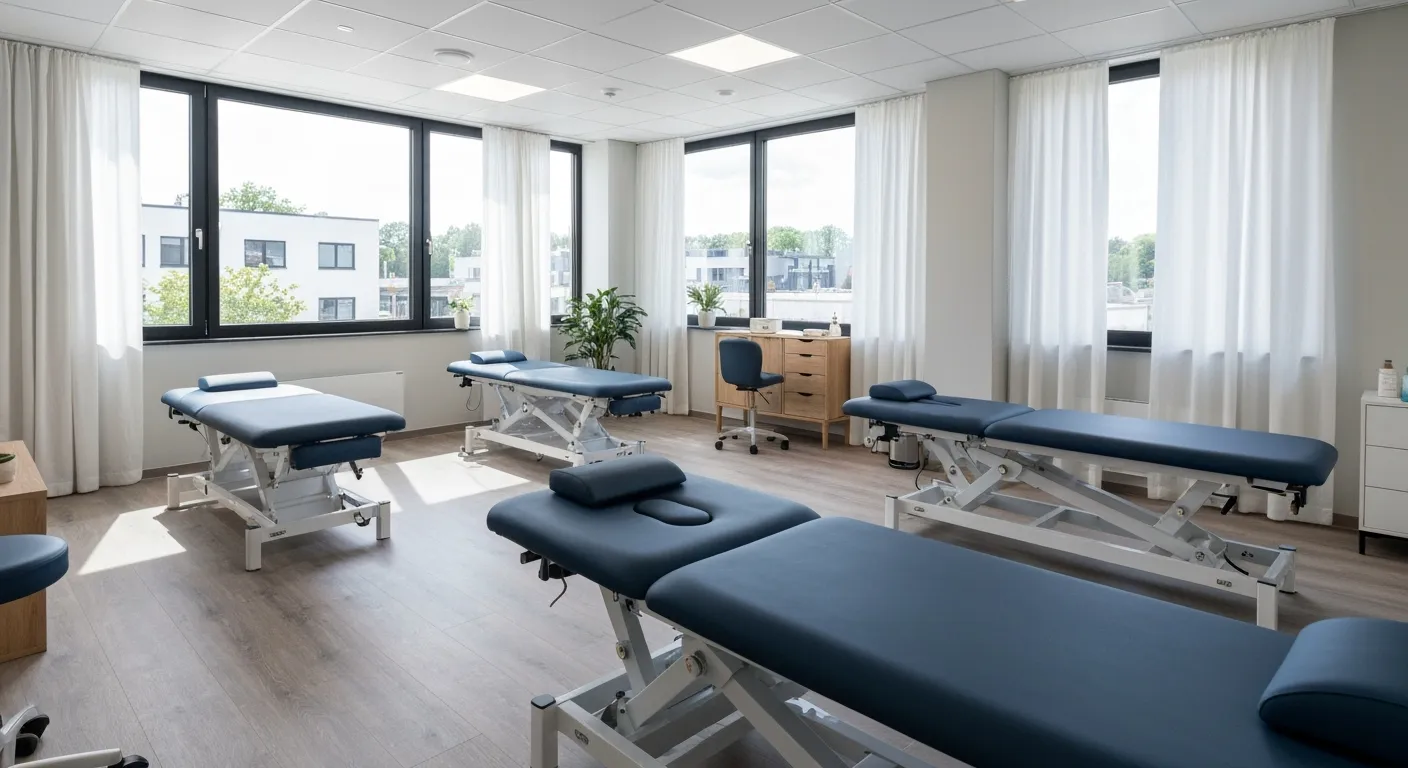
How Physiotherapy Complements Chiropractic Adjustments for Better Outcomes
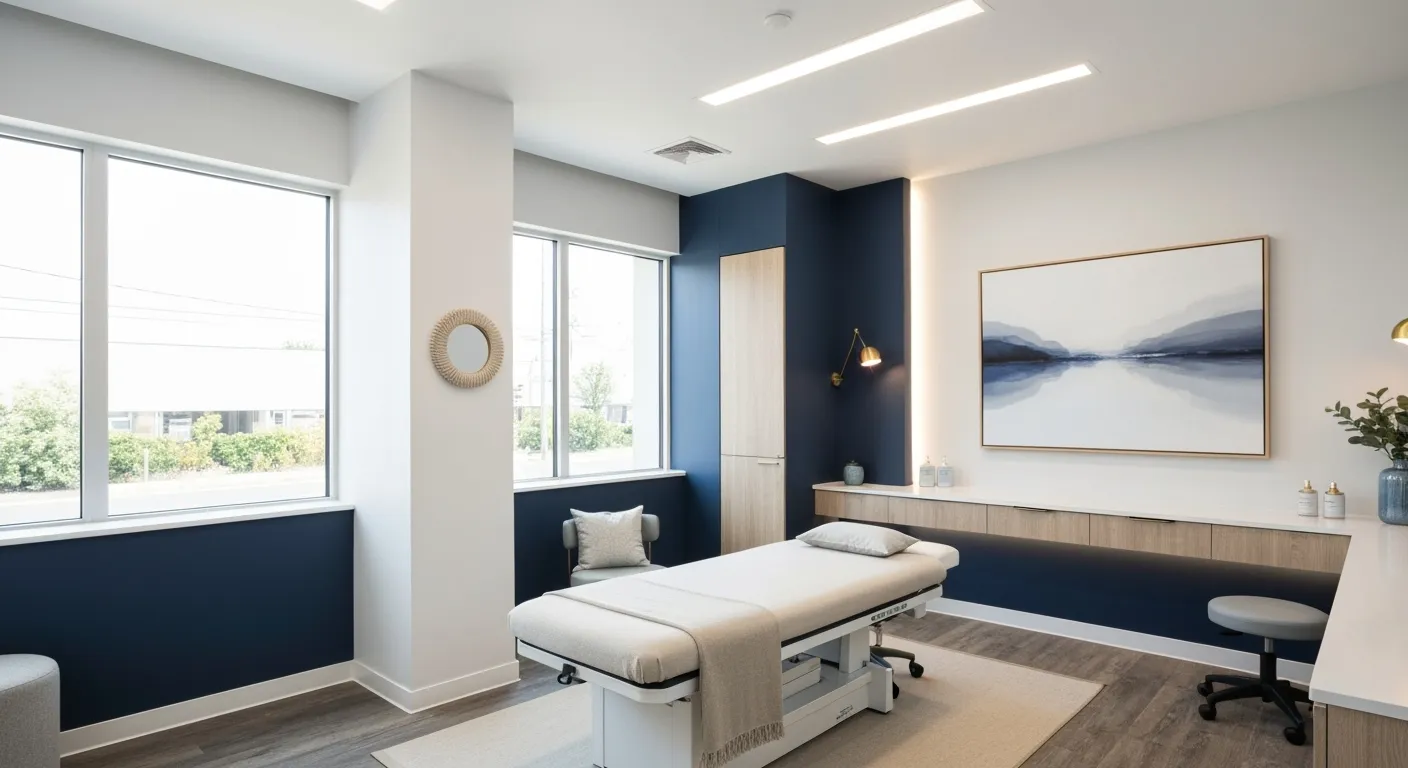
First-Time Chiropractic Visitors: What You Should Know

Understanding the Importance of Treating Pain at Its Source

Adopting Lifestyle Changes to Support Your Spine's Wellness
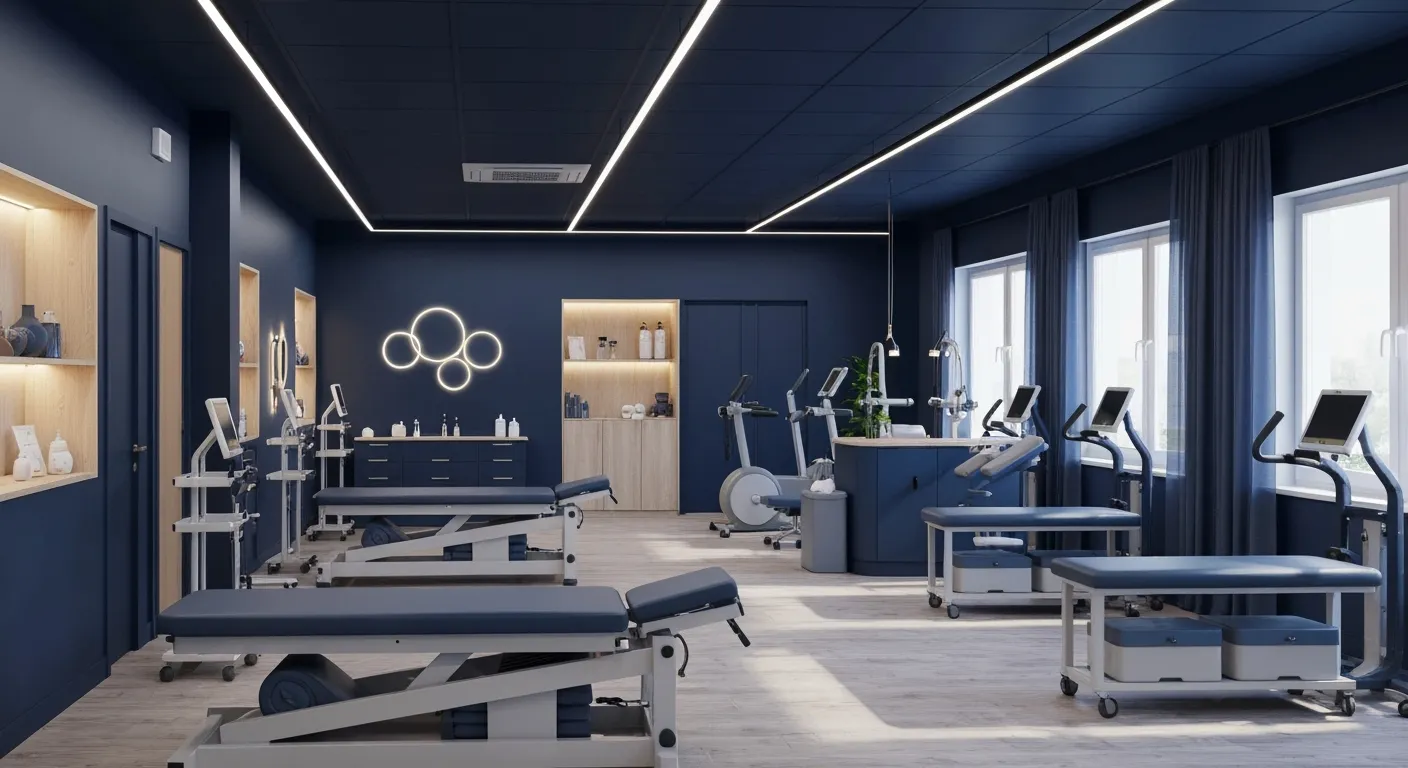
Utilizing Physiotherapy to Enhance Chiropractic Treatment Outcomes

The Key Advantages of Chiropractic Care for Back Pain Sufferers

Why Focusing on Root Causes Improves Pain Treatment Success

Corrective Exercises That Promote Lasting Pain Relief and Mobility
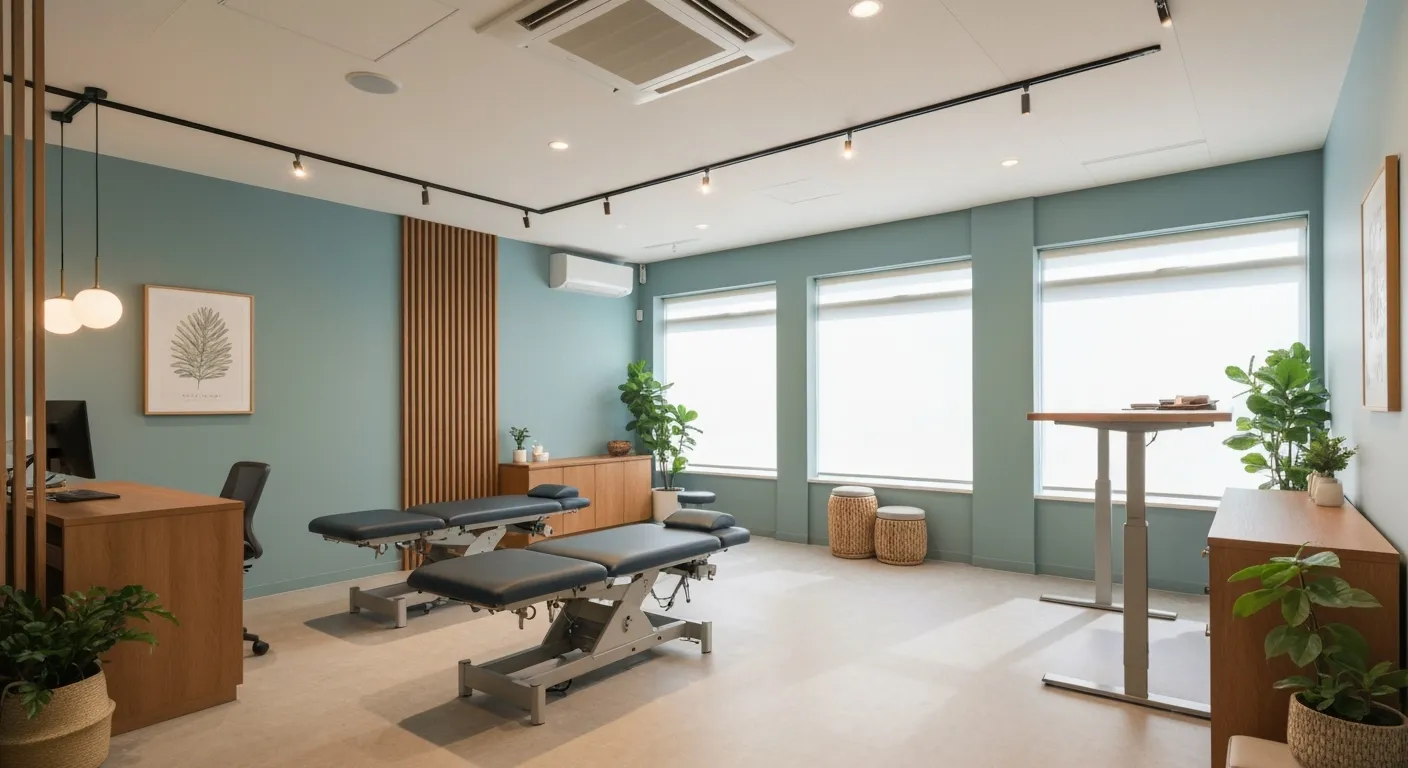
Sciatica Relief Through Targeted Spinal Decompression Techniques
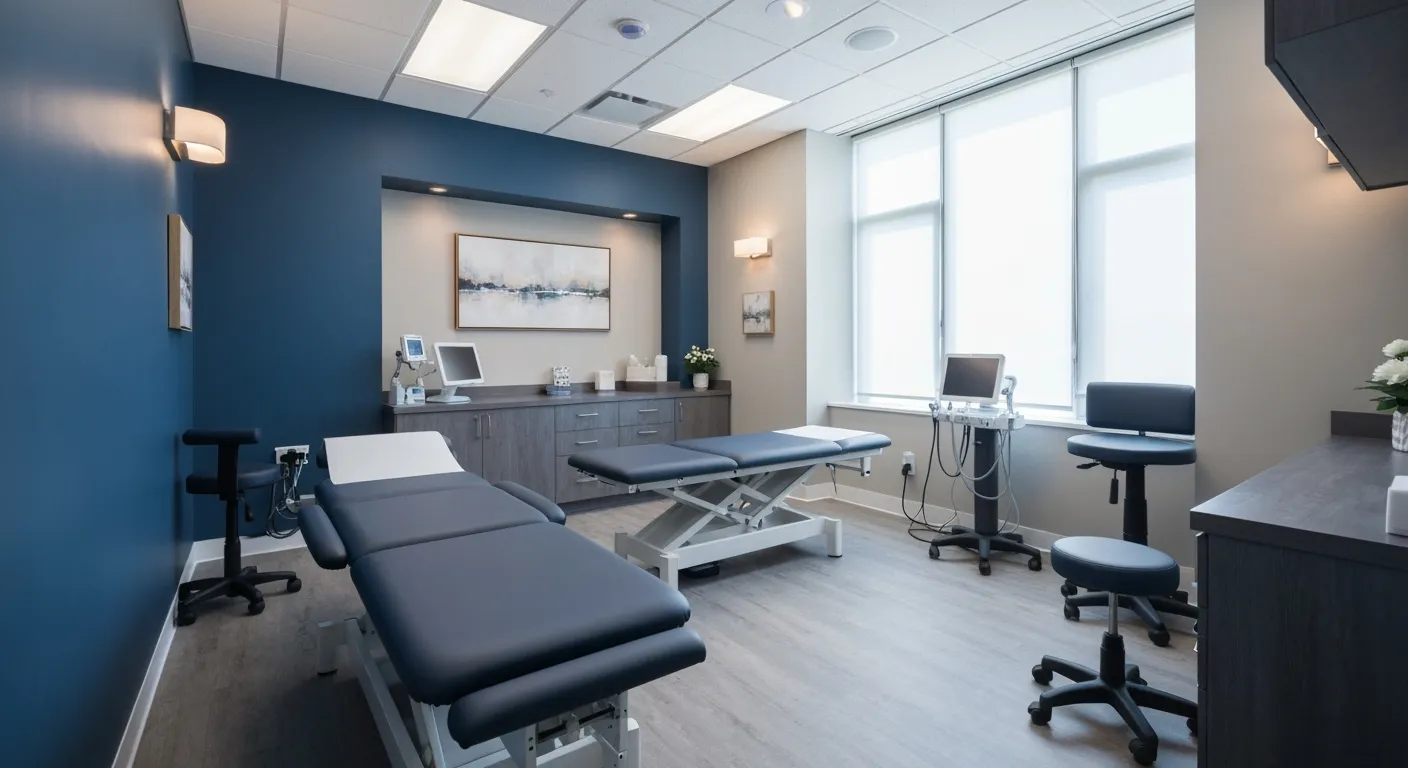
Preparing for Your First Chiropractic Appointment with Confidence
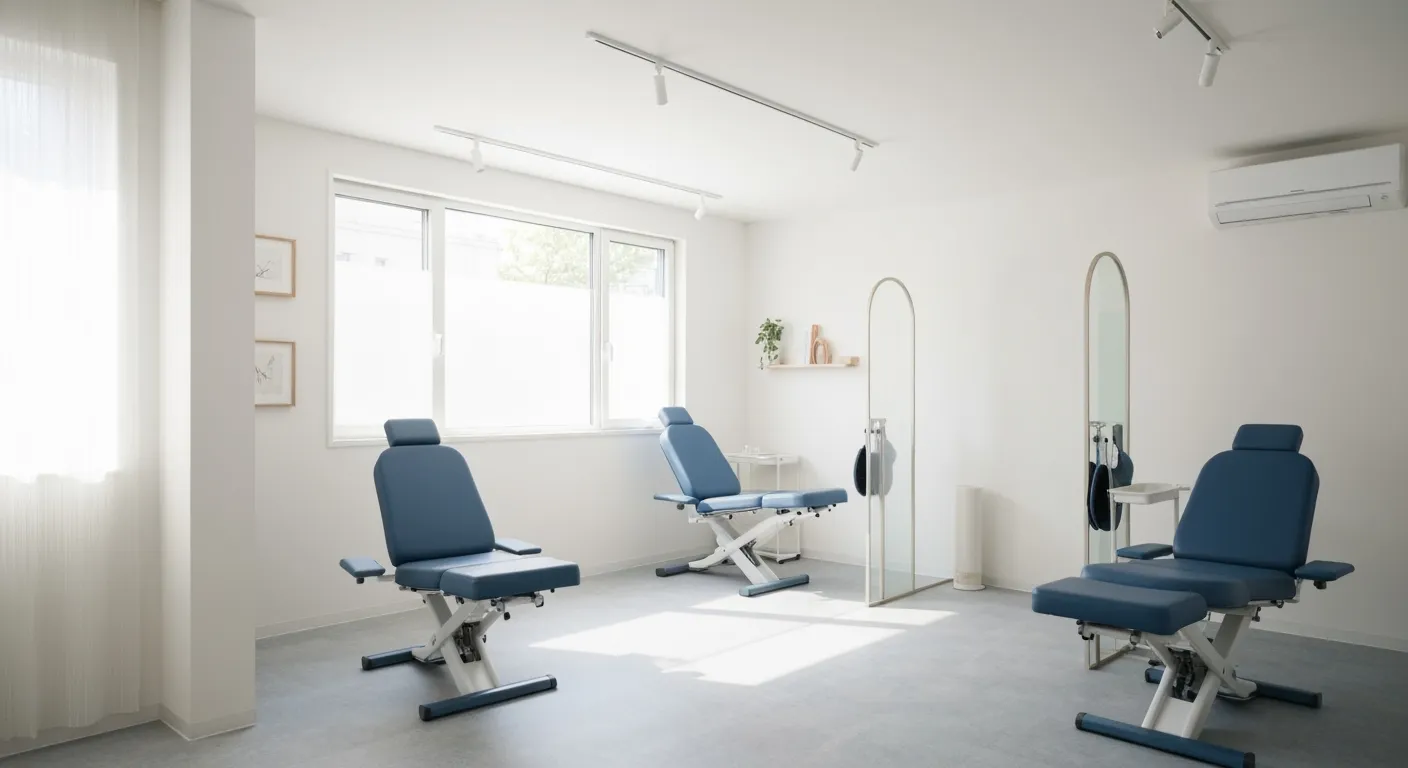
Healthy Lifestyle Habits for Maintaining Spinal Alignment

Success Stories Highlighting Chiropractic's Role in Pain Recovery

Top Benefits of Chiropractic Care for Chronic Back Pain
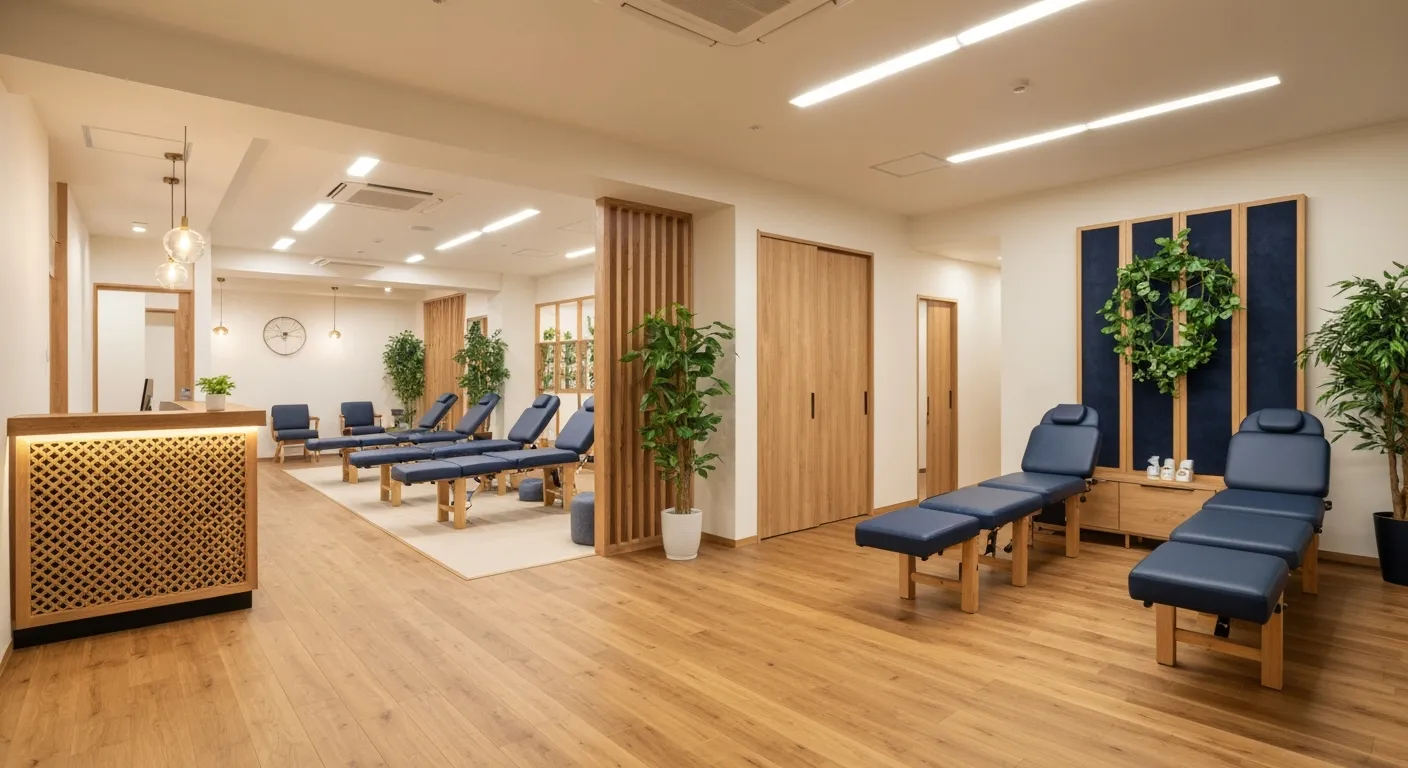
Nutrition Tips to Boost Your Overall Wellness and Recovery

How Chiropractic Care Alleviates Back Pain Naturally
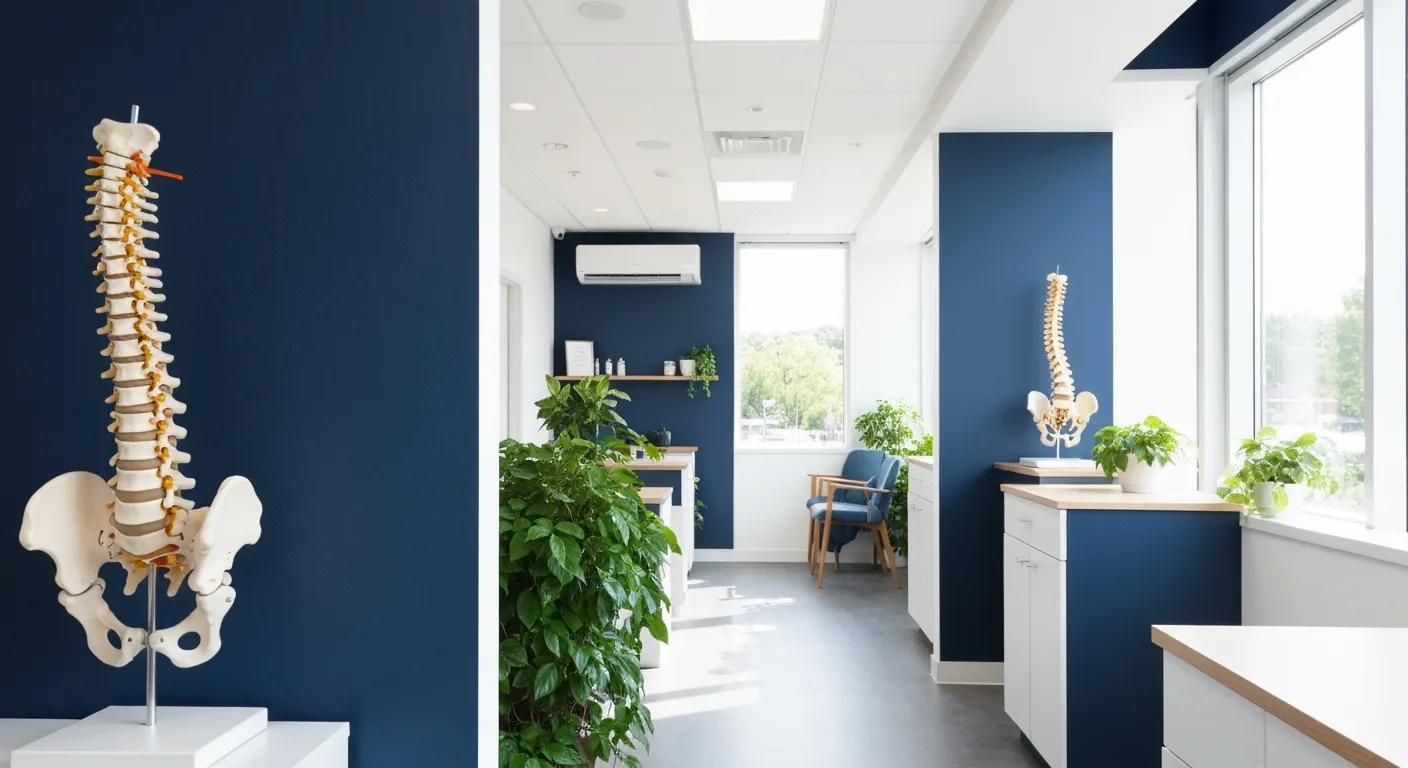
How Nutritional Counseling Supports Overall Wellness and Spine Health
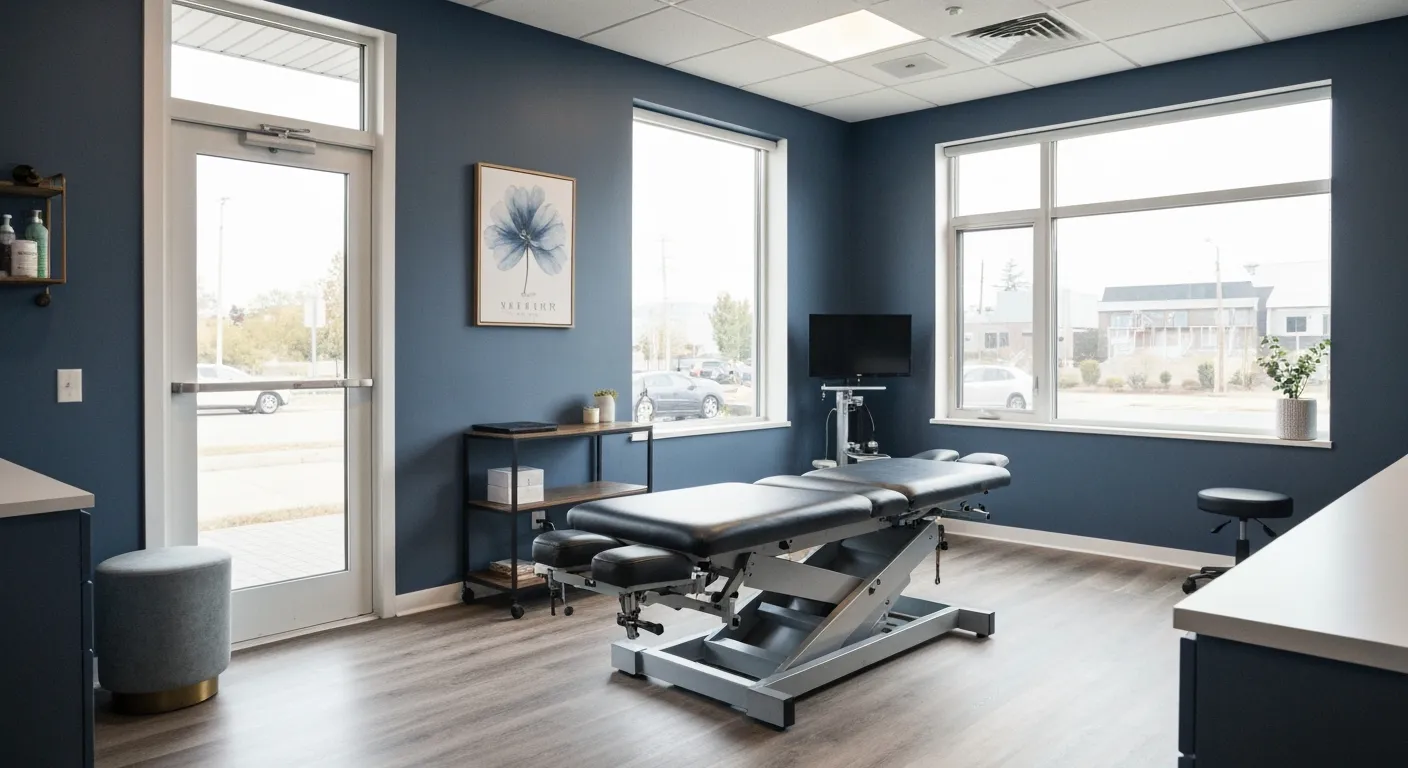
Step-by-Step Guide to Your First Visit with a Chiropractor

Using Nutrition to Support Chiropractic and Overall Wellness

Integrating Physiotherapy in Your Chiropractic Healing Journey

How Physiotherapy Complements Chiropractic Adjustments for Faster Healing
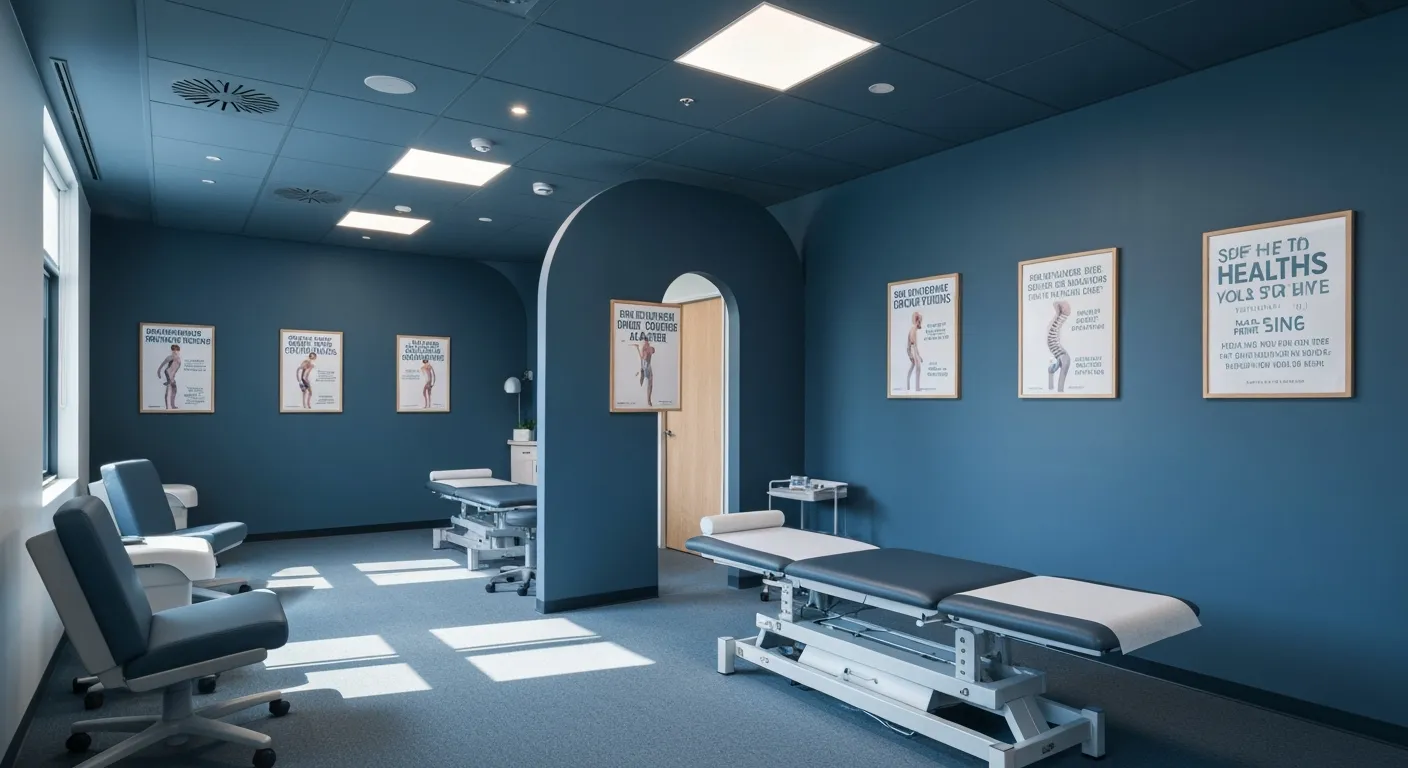
Lifestyle Tips for Maintaining a Healthy Spine and Preventing Back Pain

Heartwarming Patient Testimonials Highlighting Chiropractic Success

How Proper Nutrition Supports Chiropractic and Physiotherapy Treatments

Combining Physiotherapy and Chiropractic Treatments for Optimal Recovery
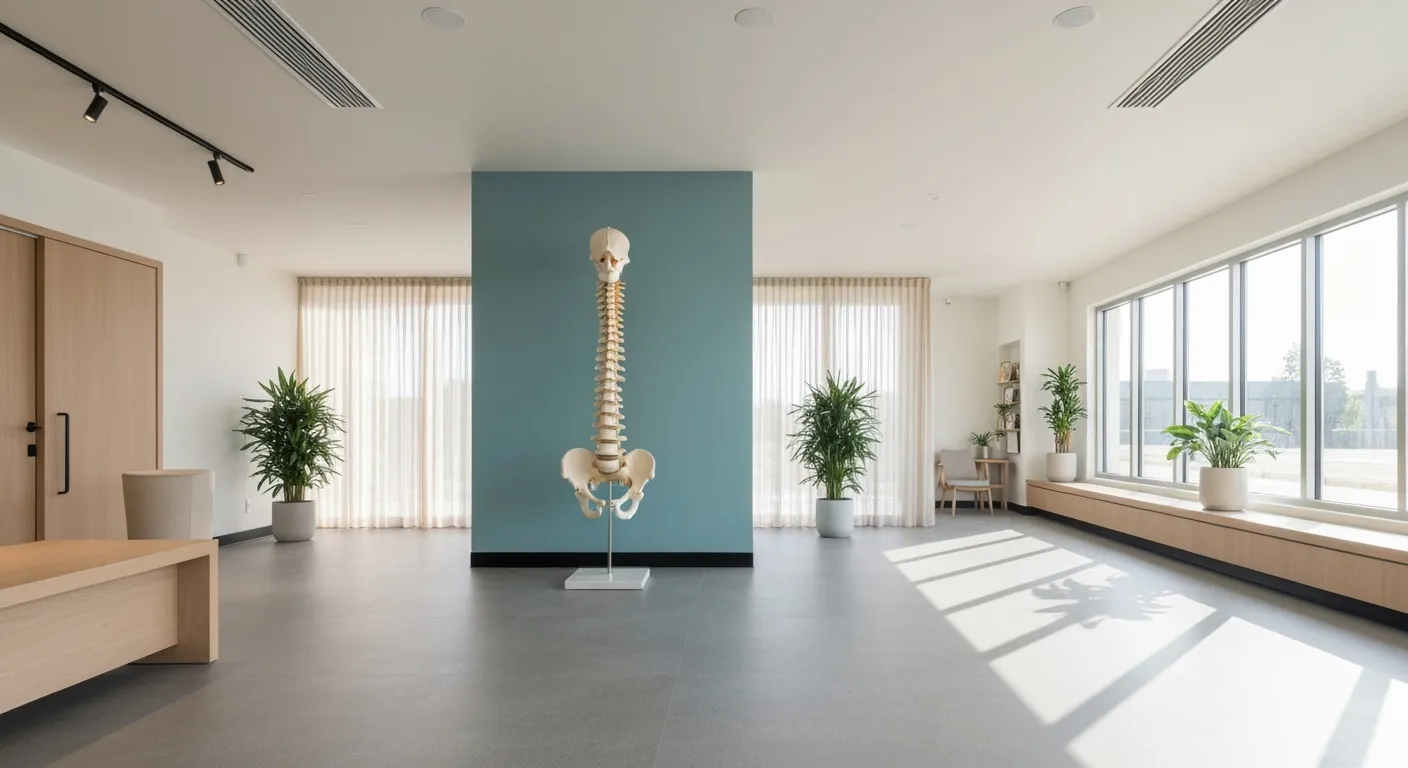
Why Chiropractic Treatments Are Effective for Managing Back Pain
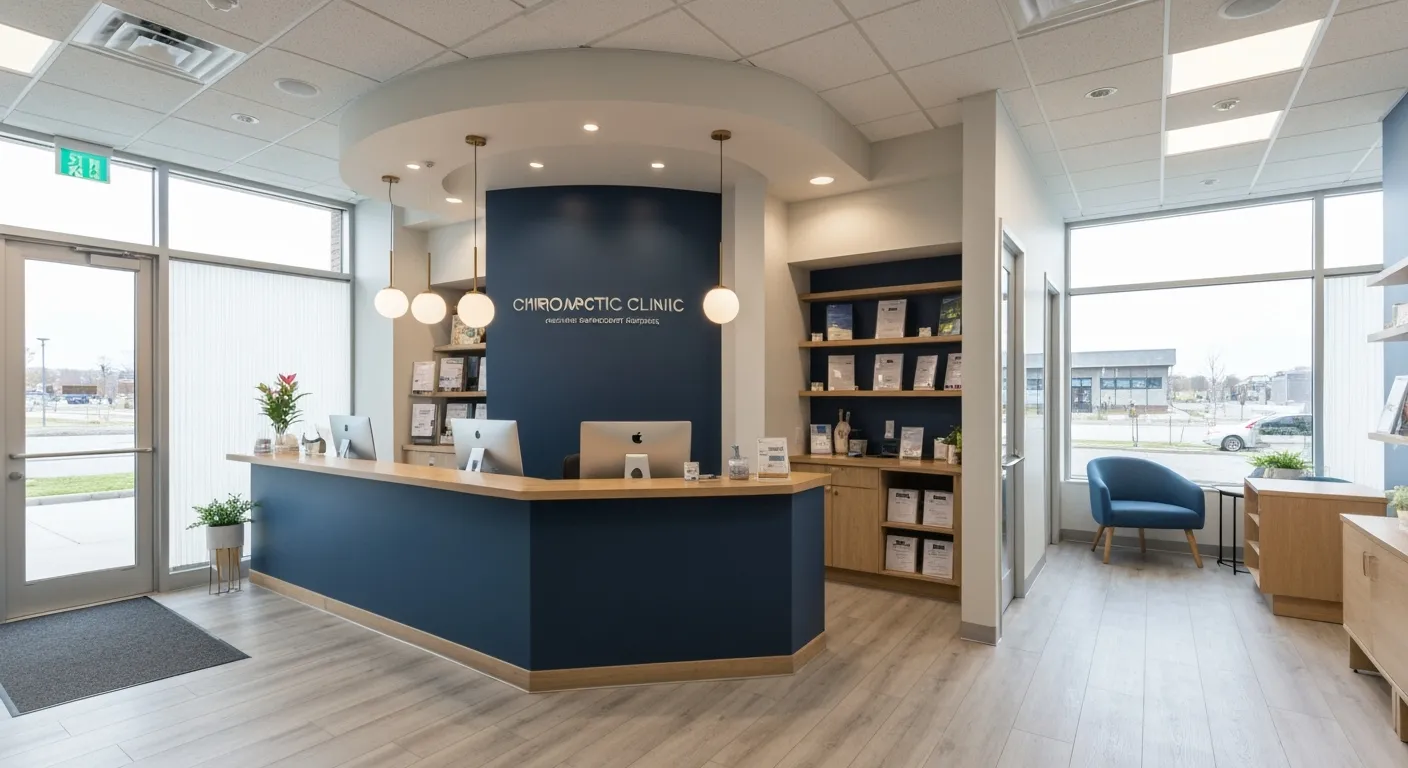
Choosing a Chiropractor: Tips for Finding a Trusted Provider

Integrating Physiotherapy and Chiropractic: Benefits and What to Expect

How Tailored Corrective Exercises Can Aid in Pain Management
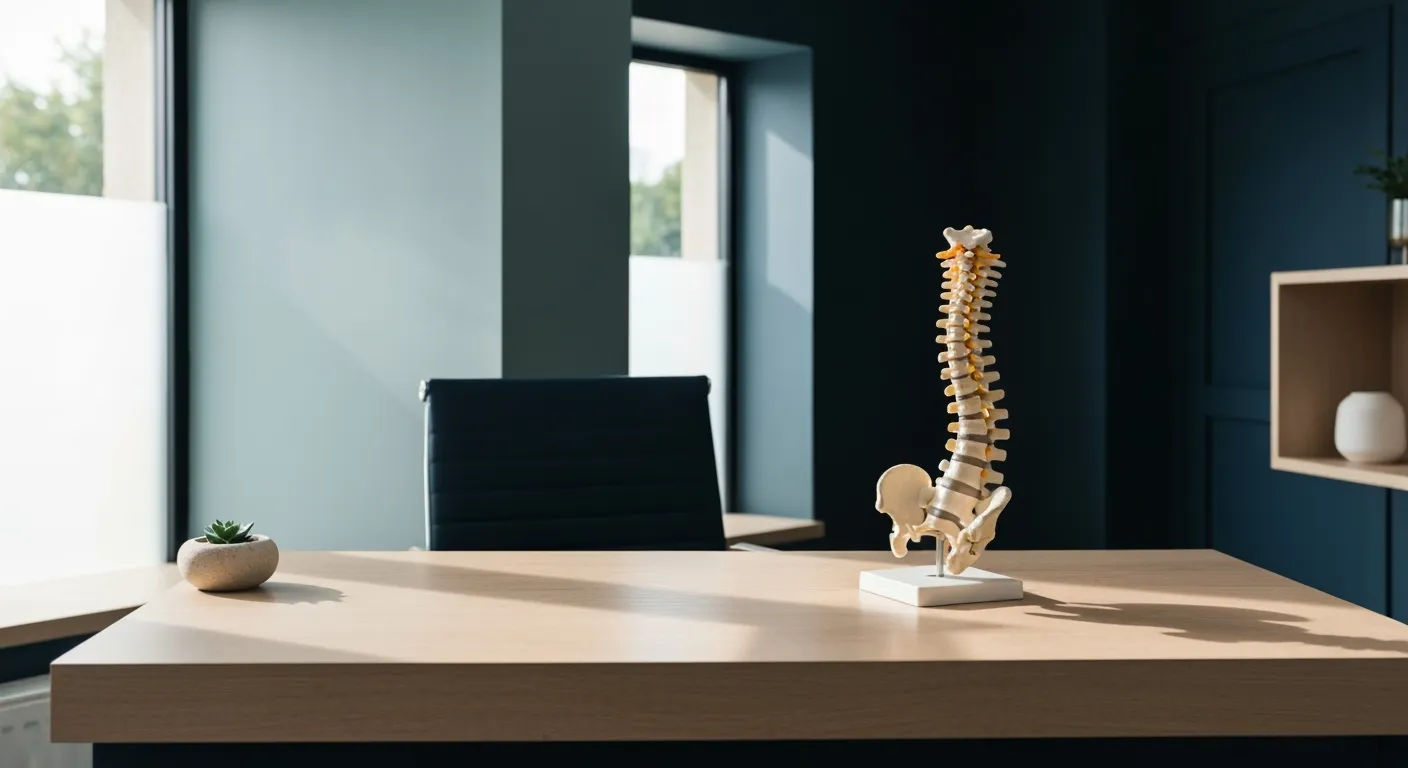
Chiropractic Care: A Proven Solution for Alleviating Back Pain

What to Expect at Your First Chiropractic Visit: A Comprehensive Guide

The Importance of Root Cause Analysis in Effective Pain Management
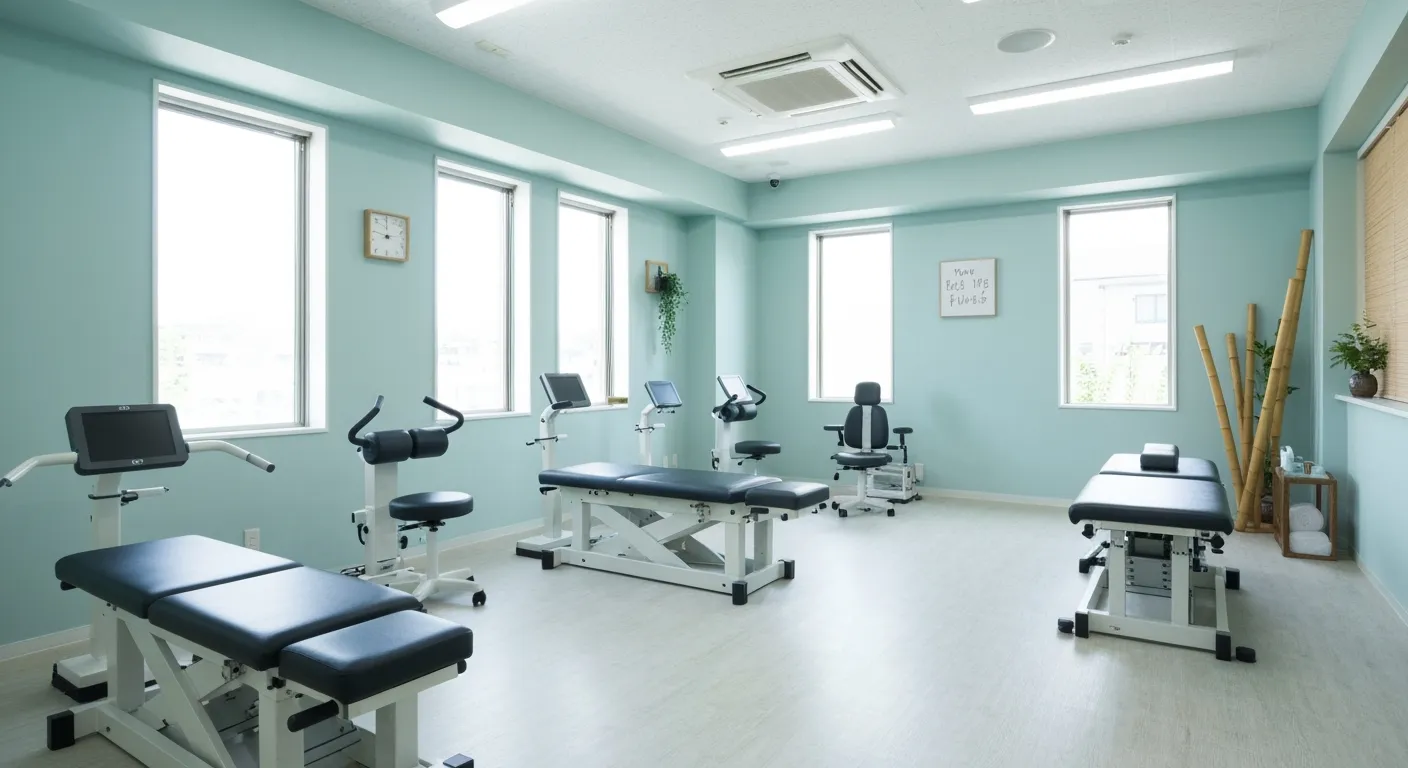
The Role of Corrective Exercises in Sustaining Pain-Free Living

Combining Chiropractic and Physiotherapy for Comprehensive Pain Relief
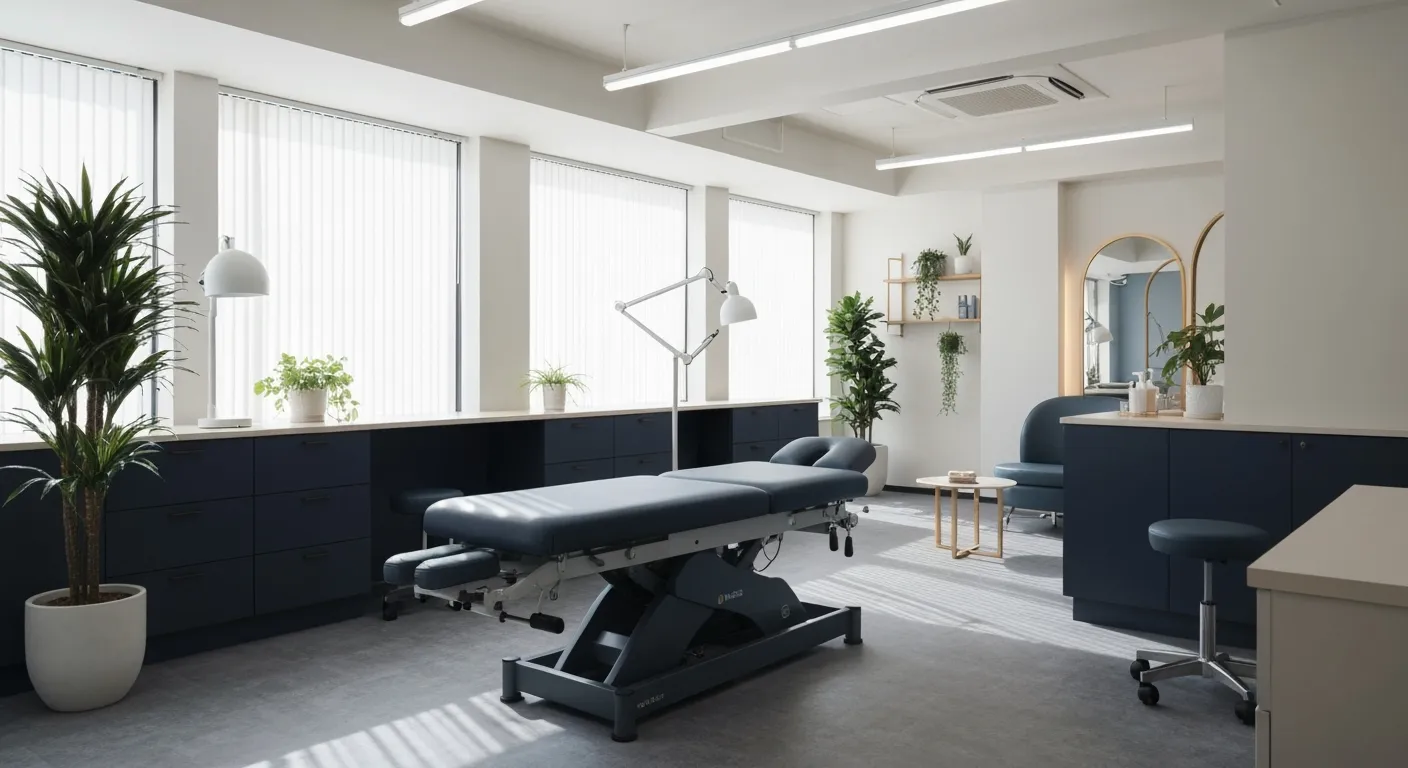
How Addressing Underlying Causes Improves Pain Treatment Effectiveness
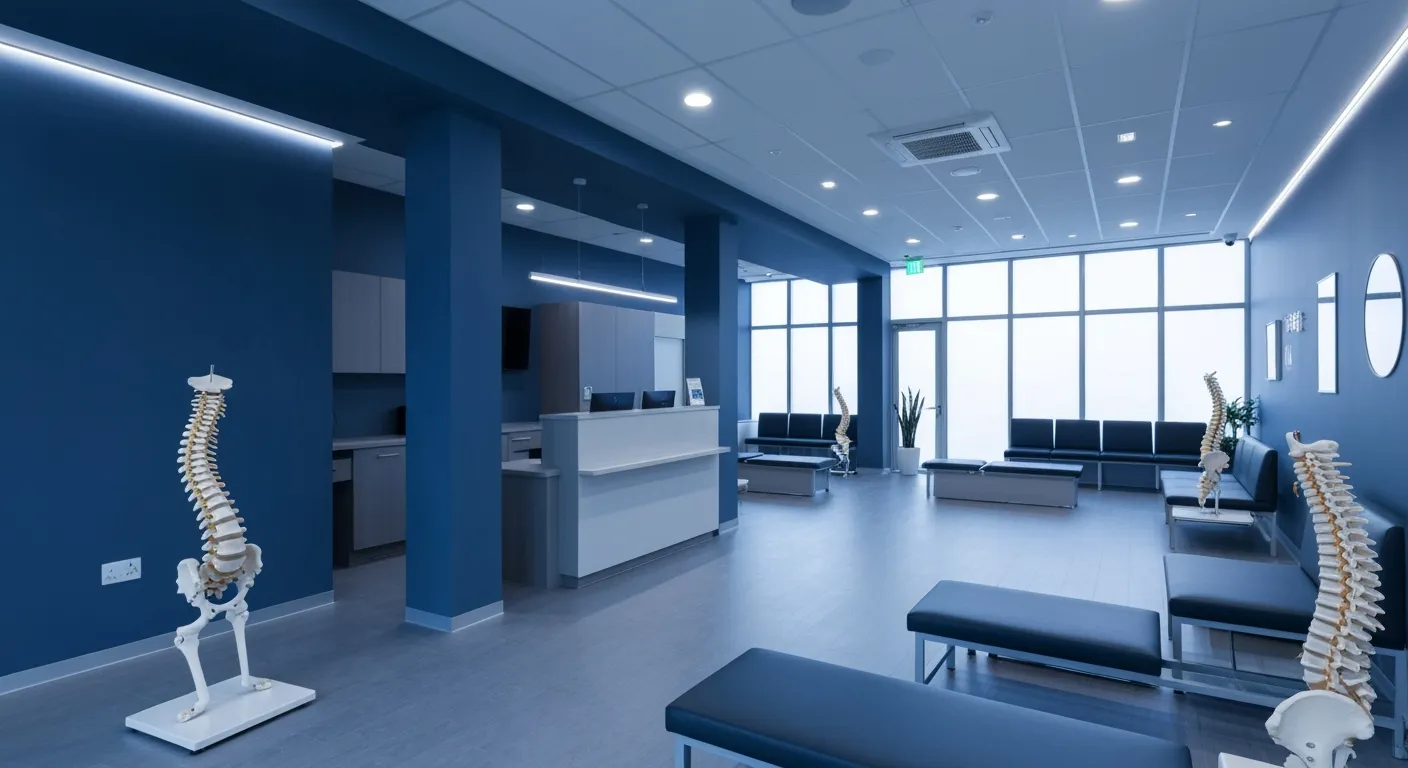
Maintaining Spinal Health Through Lifestyle Changes and Preventive Care
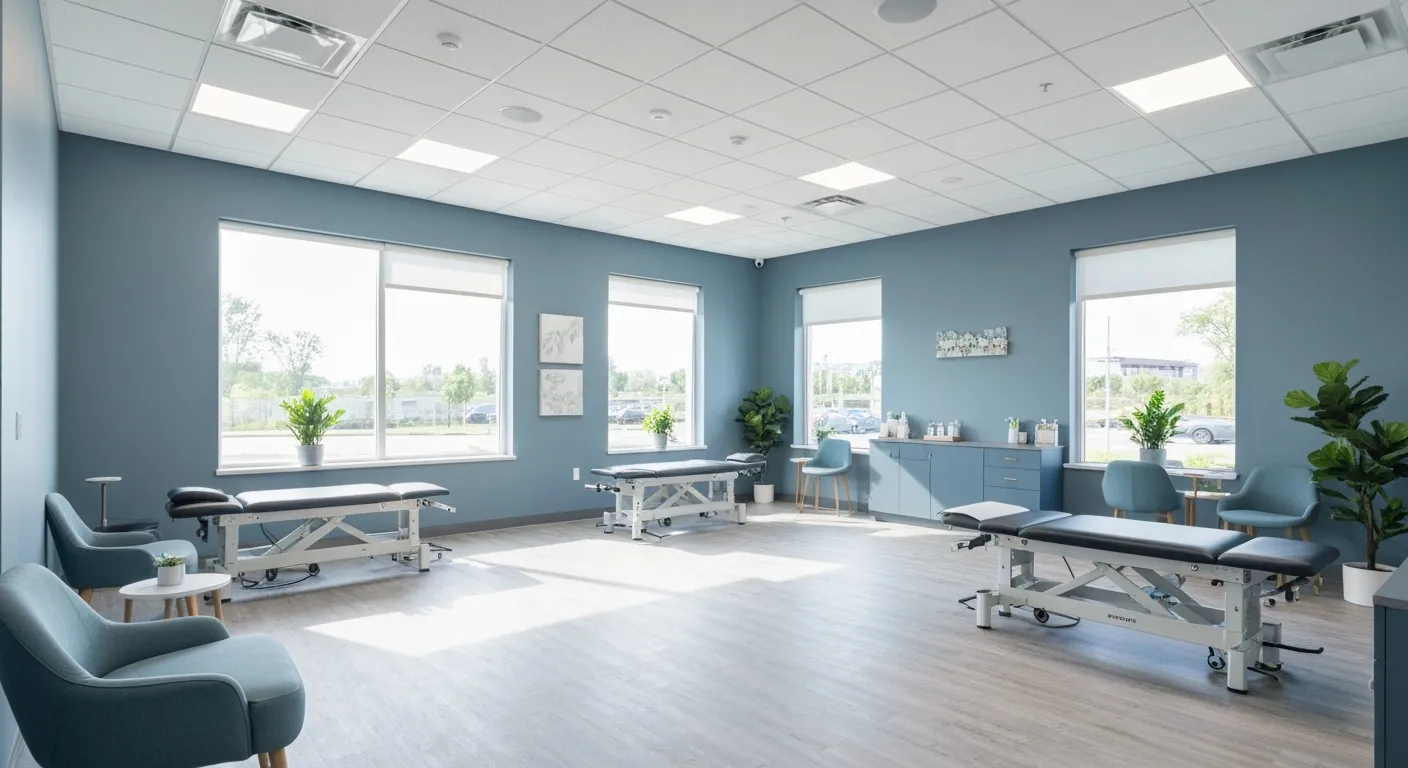
Understanding the Benefits of Chiropractic Adjustments for Back Pain Sufferers

Spinal Decompression Therapy: A New Hope for Sciatica Relief

Lifestyle Recommendations to Support a Healthy Spine and Reduce Pain
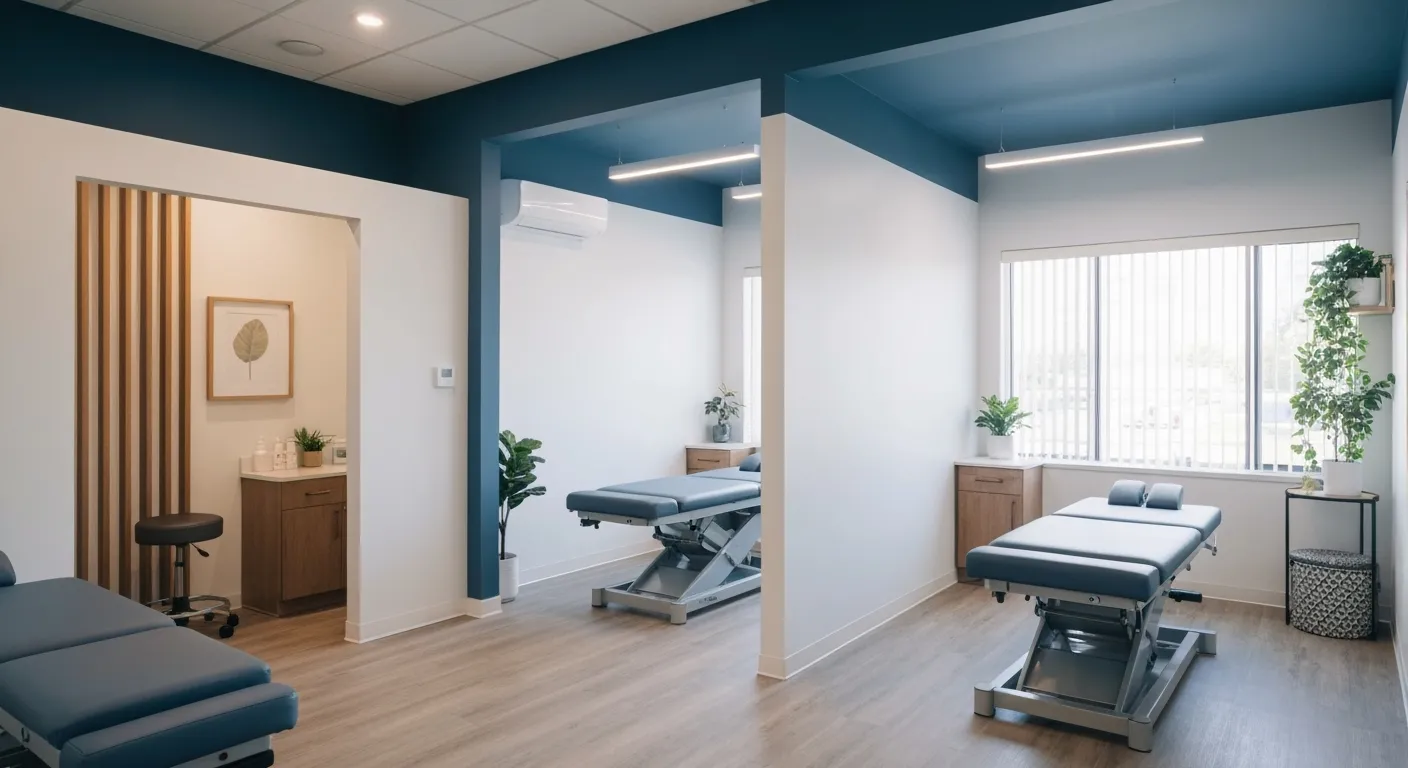
Choosing the Right Chiropractor: Key Factors to Consider Before Your First Appointment
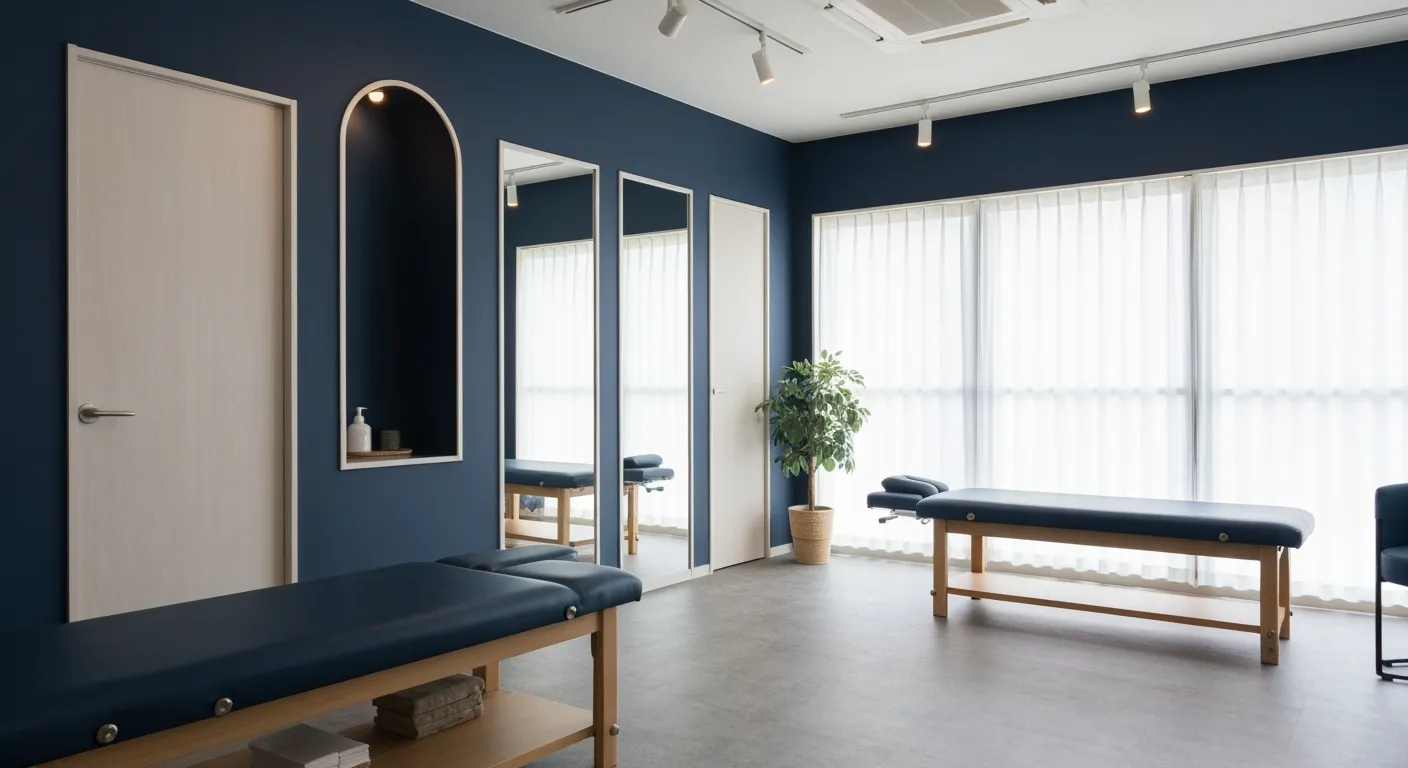
Non-Invasive Treatment Alternatives: A Holistic Approach to Pain Relief

Corrective Exercises to Support Long-Term Relief from Chronic Pain

Exploring Non-Surgical Approaches to Spine Health and Wellness

Tips for Daily Habits That Keep Your Spine Strong

Success Stories: How Chiropractic Treatments Changed Lives

Why Focusing on the Root Cause of Pain Leads to Better Outcomes
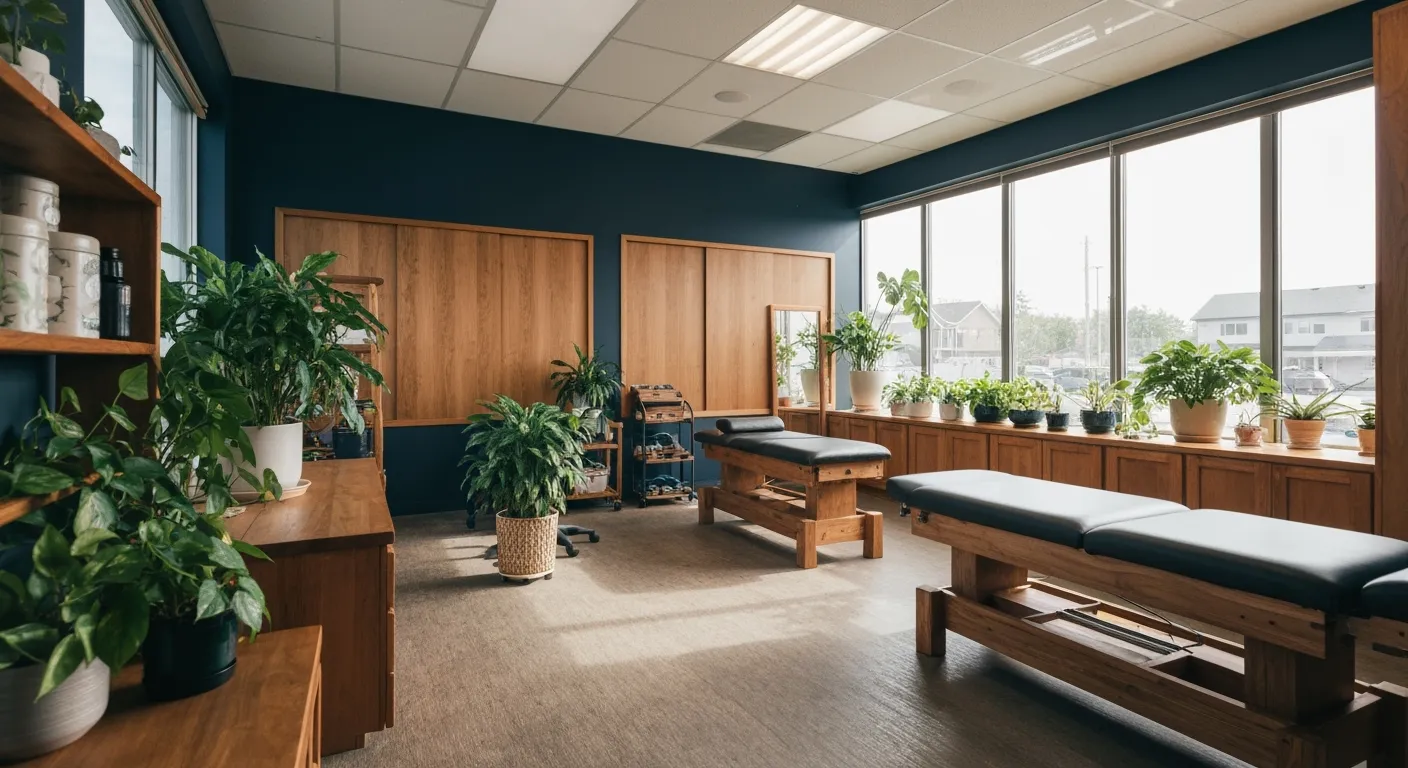
Nutritional Counseling and Its Impact on Overall Wellness and Recovery

Patient Testimonials That Showcase the Power of Chiropractic Care

Preparing for Your First Chiropractic Appointment: What You Need to Know
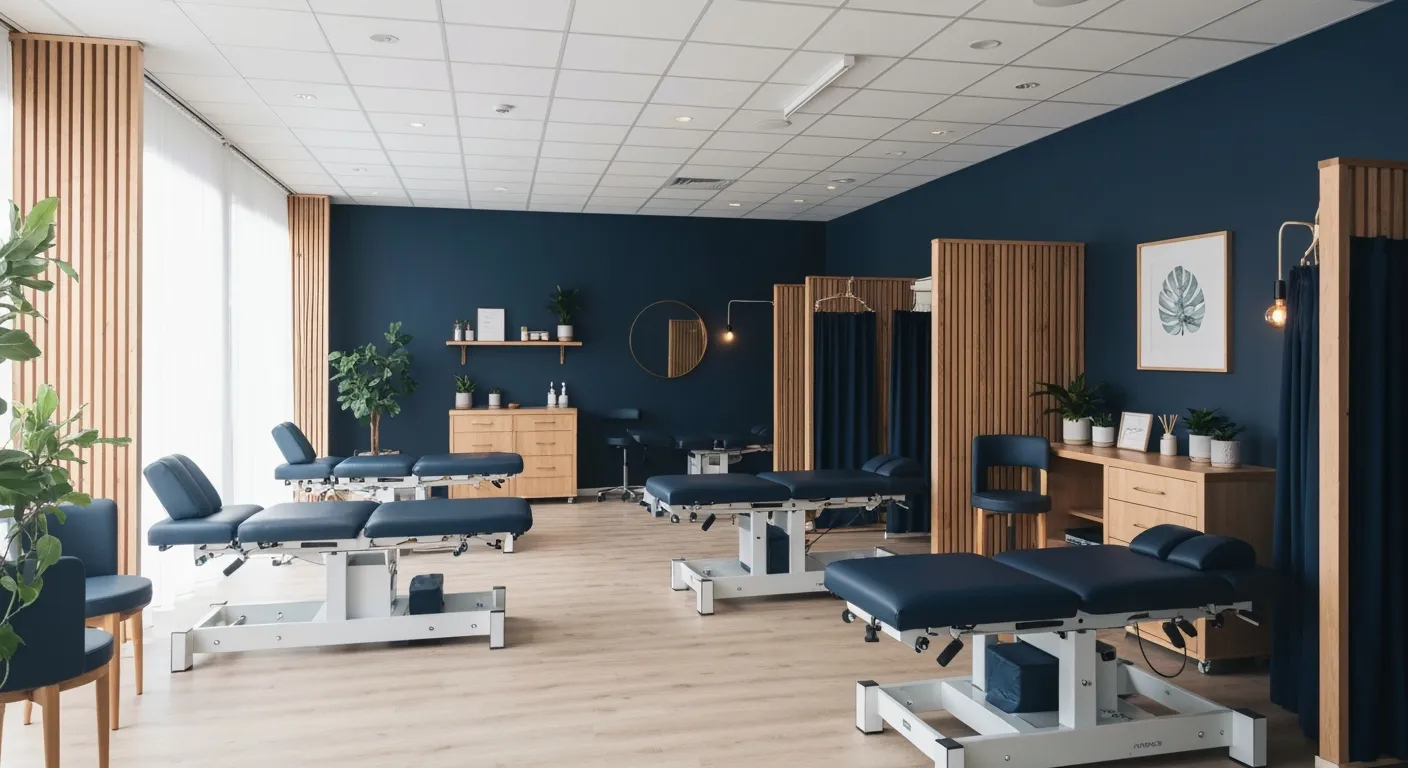
Holistic Treatment Options: Beyond Surgery for Pain Relief
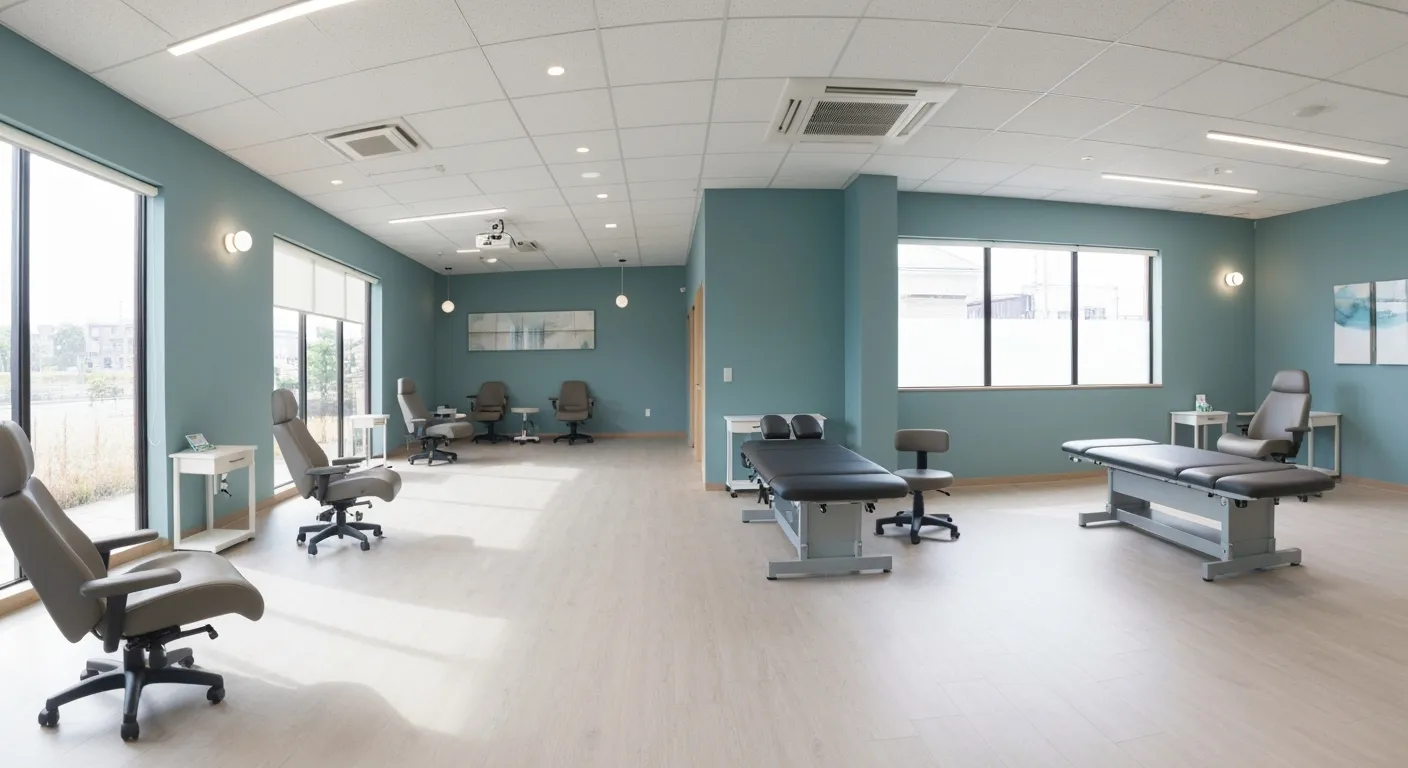
Holistic Pain Relief Methods That Avoid Surgery

Nutritional Strategies for Supporting Spine Health and Recovery
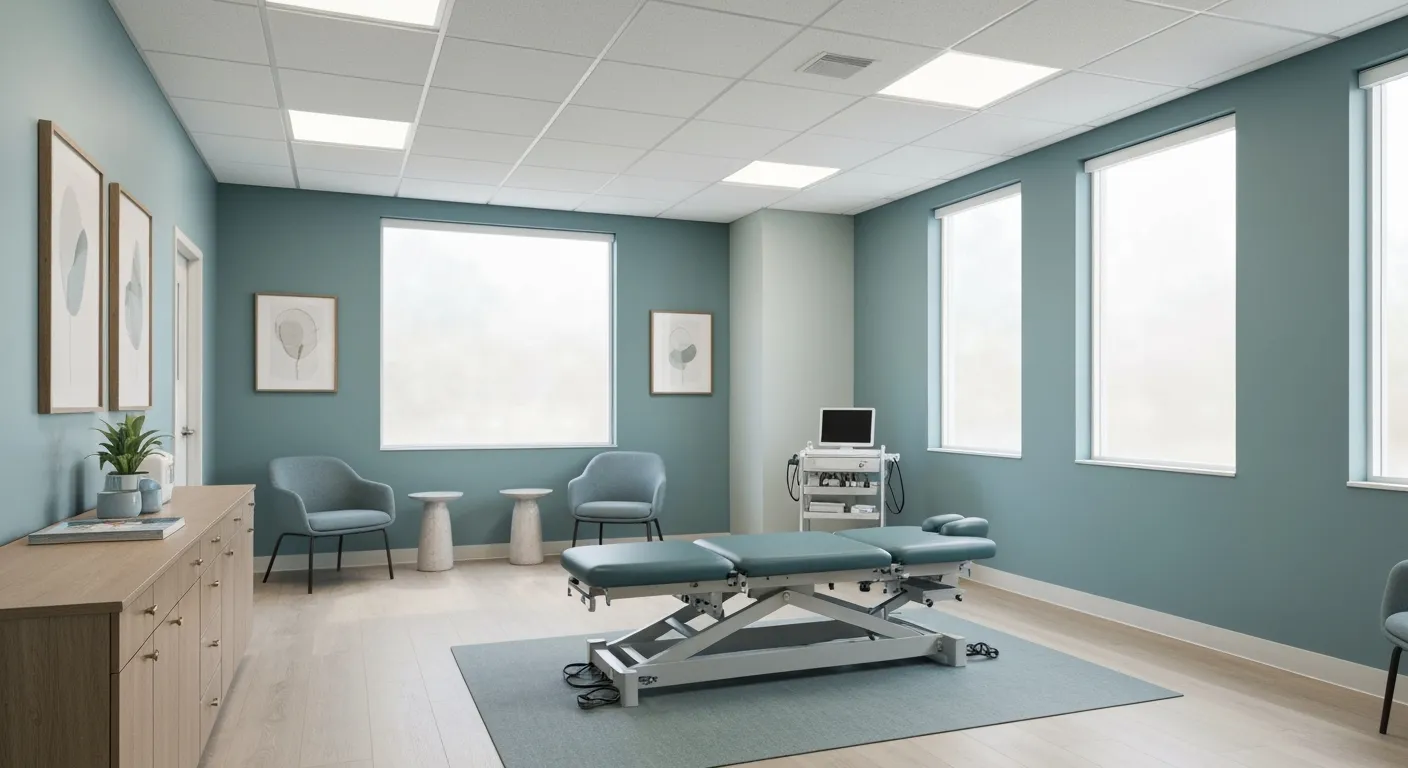
First Chiropractic Visit: What Happens and How to Prepare

Chiropractic Patient Success Stories: Inspiring Journeys to Wellness

Effectiveness of Spinal Decompression Therapy in Managing Sciatic Nerve Pain

Addressing Pain at Its Source: Why Treating the Root Cause Matters

Corrective Exercise Programs Designed for Long-Term Pain Prevention

Healthy Lifestyle Advice for Maintaining Spinal Alignment
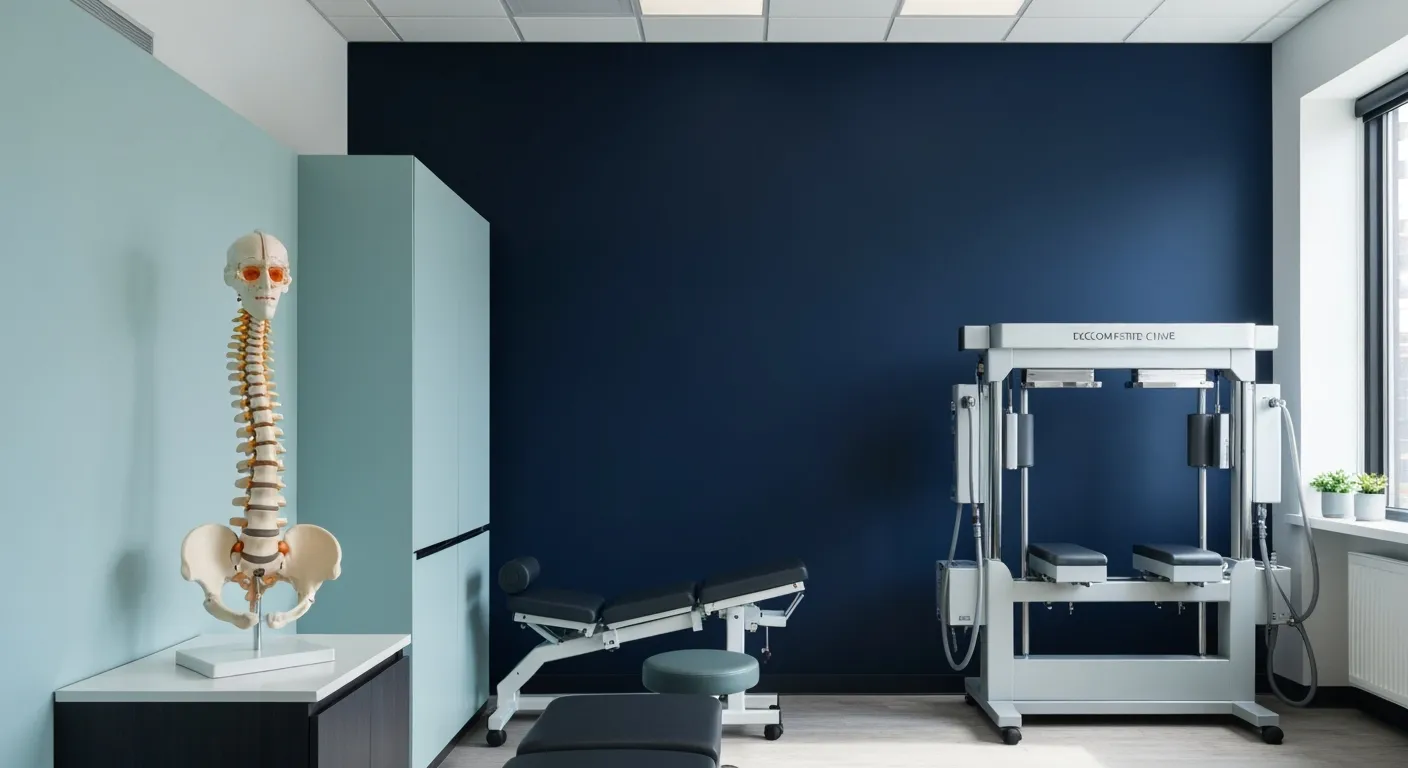
Understanding Spinal Decompression as a Treatment for Sciatica Pain
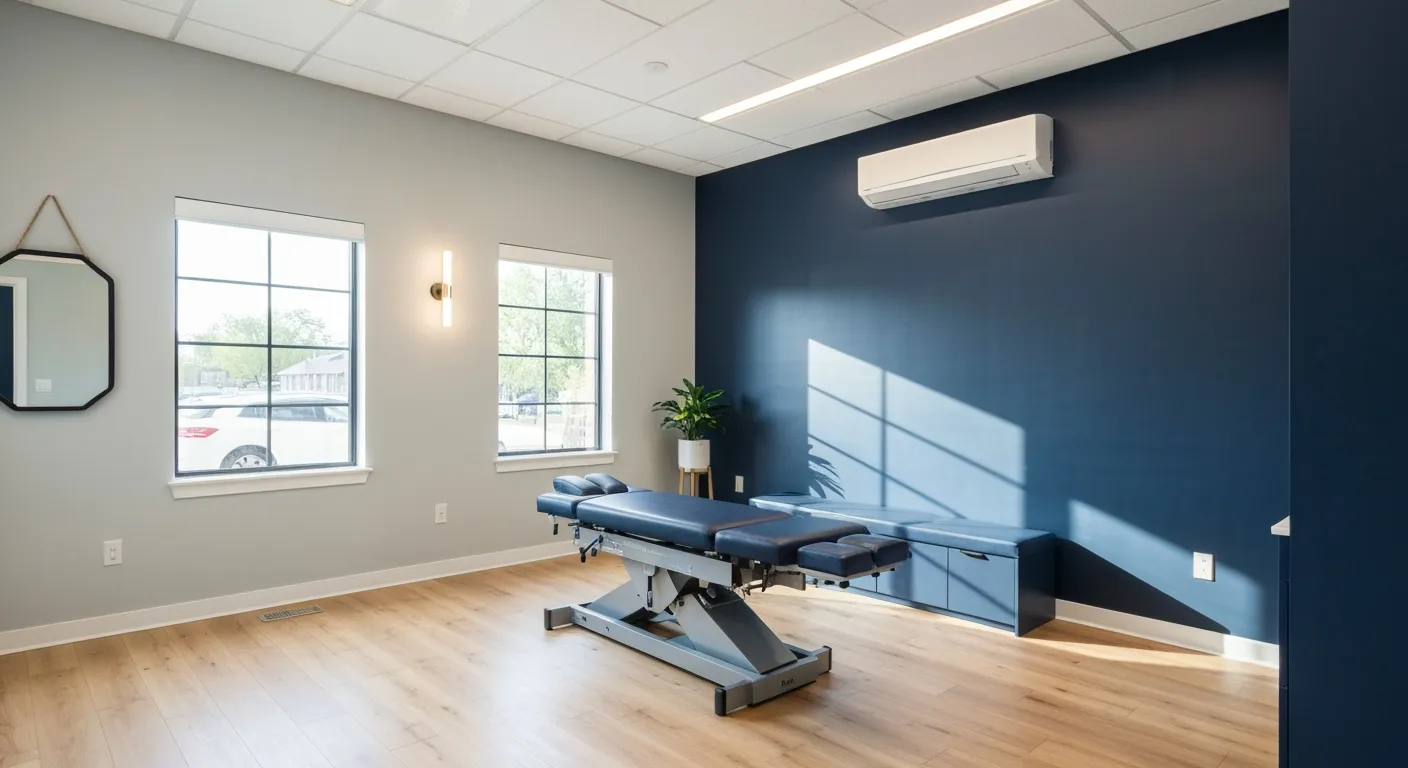
Benefits of Chiropractic Care Specifically for Back Pain Relief

Understanding Gait Analysis in Physiotherapy
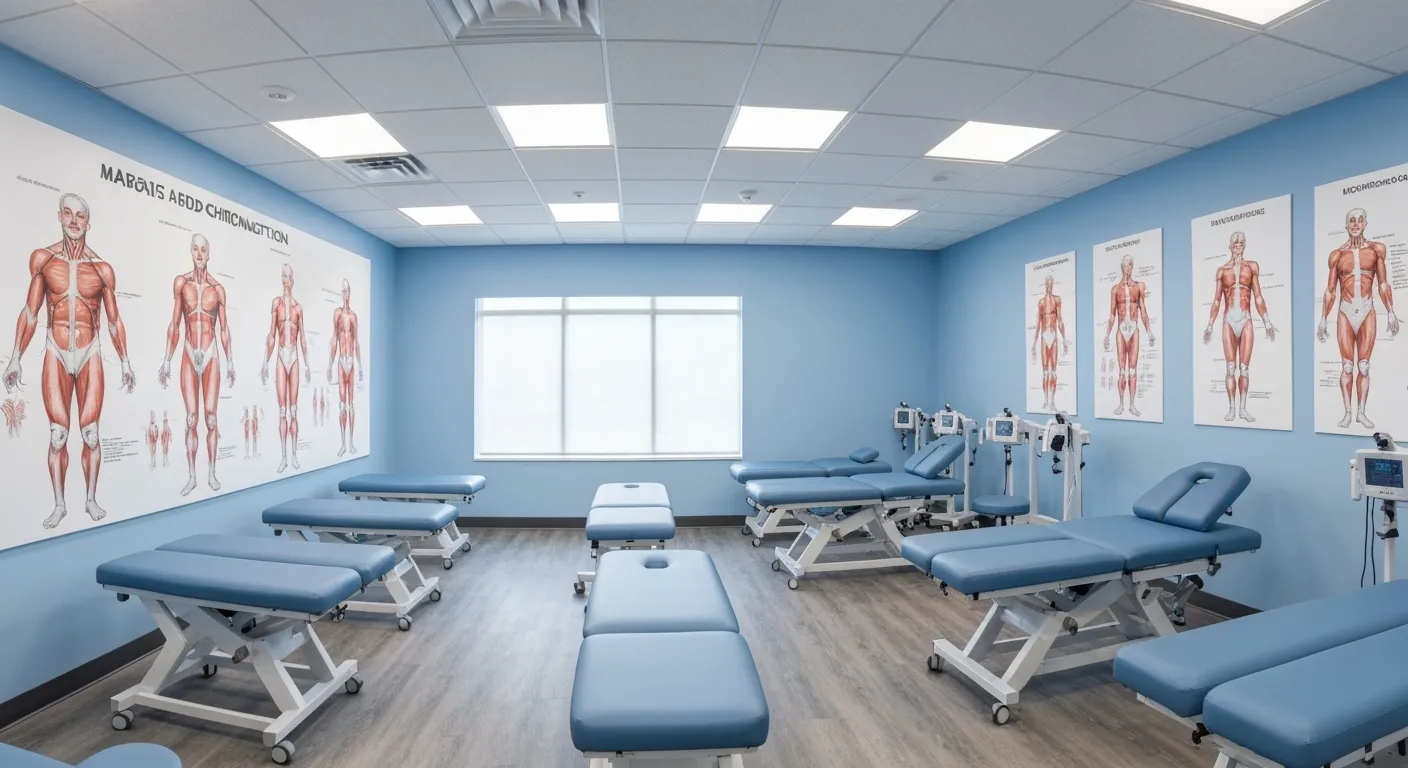
The Difference Between Muscle Soreness and Dysfunction
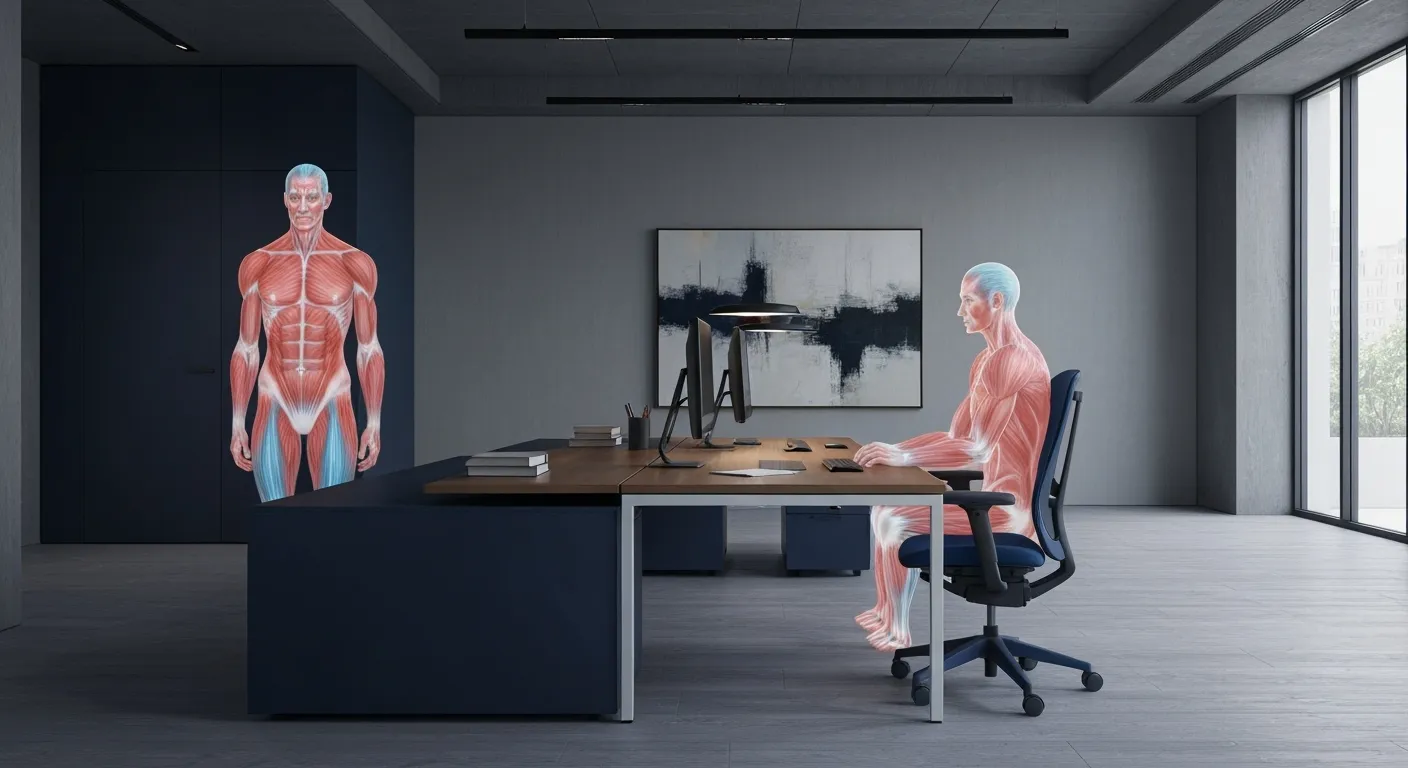
Workplace Stress Statistics: How Muscle Tension Impacts Productivity
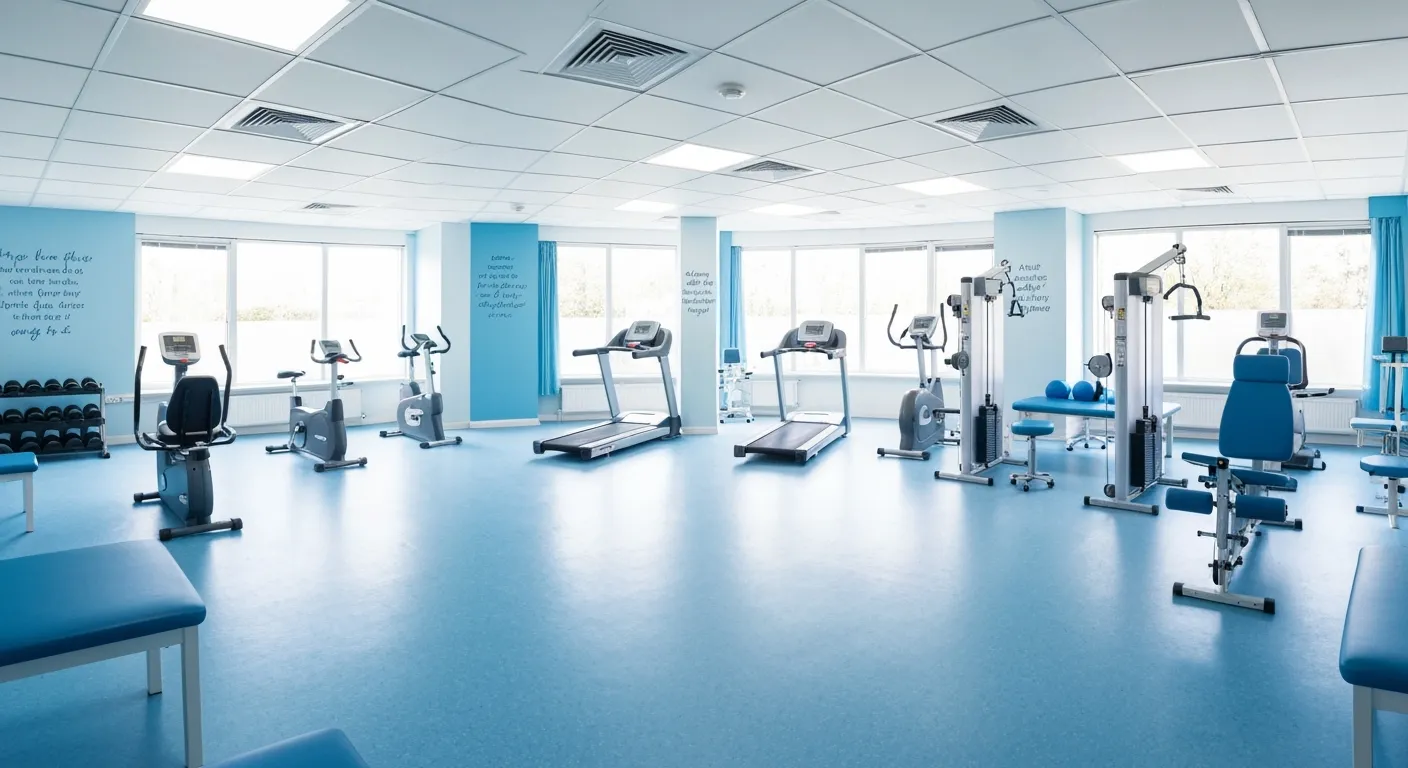
How Physiotherapy Improves Mobility for Seniors

How to Communicate Pain Levels to Your Therapist Effectively

